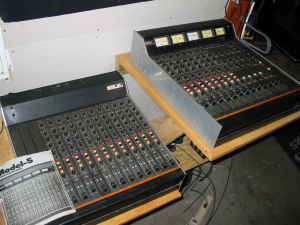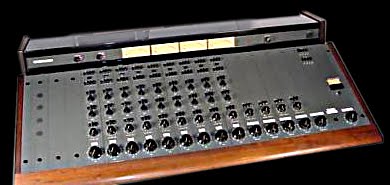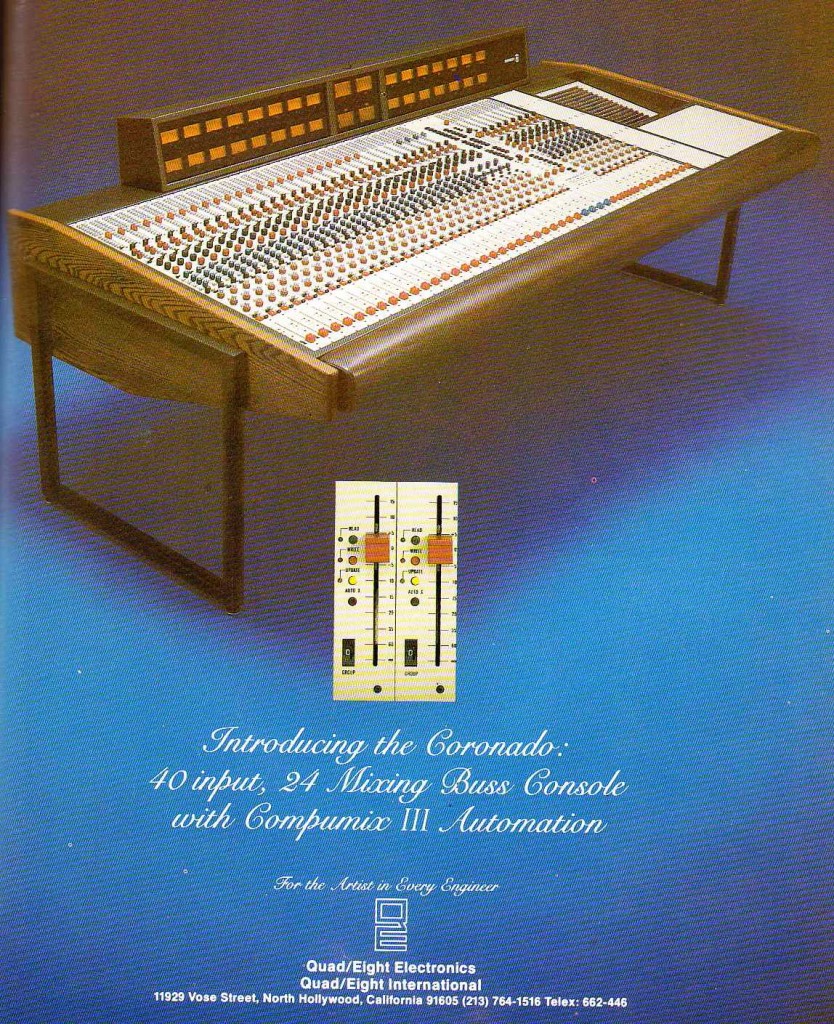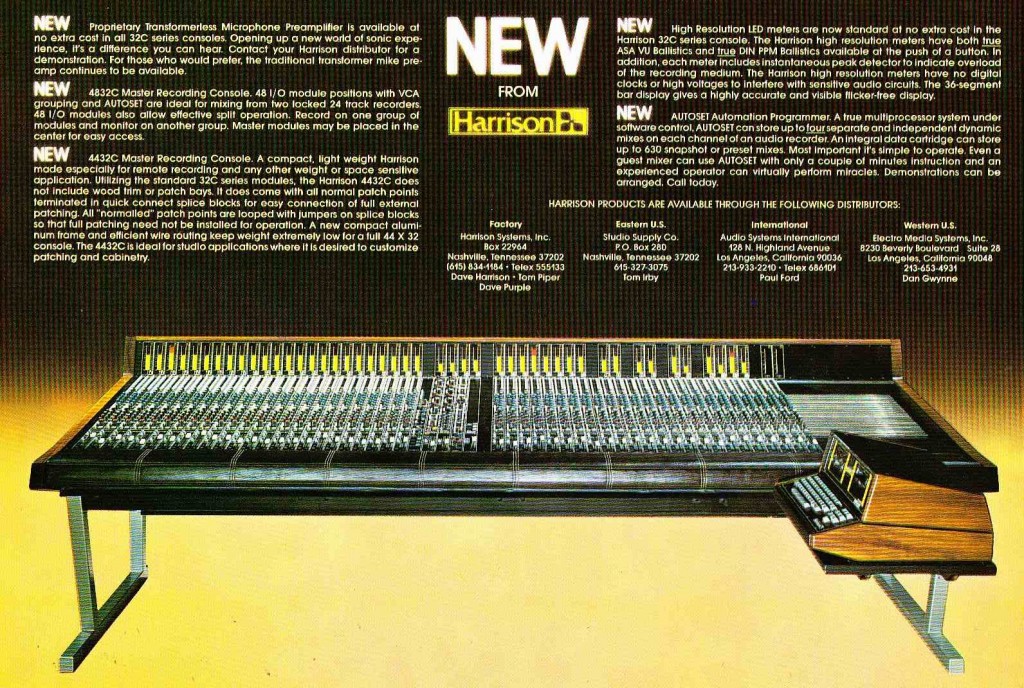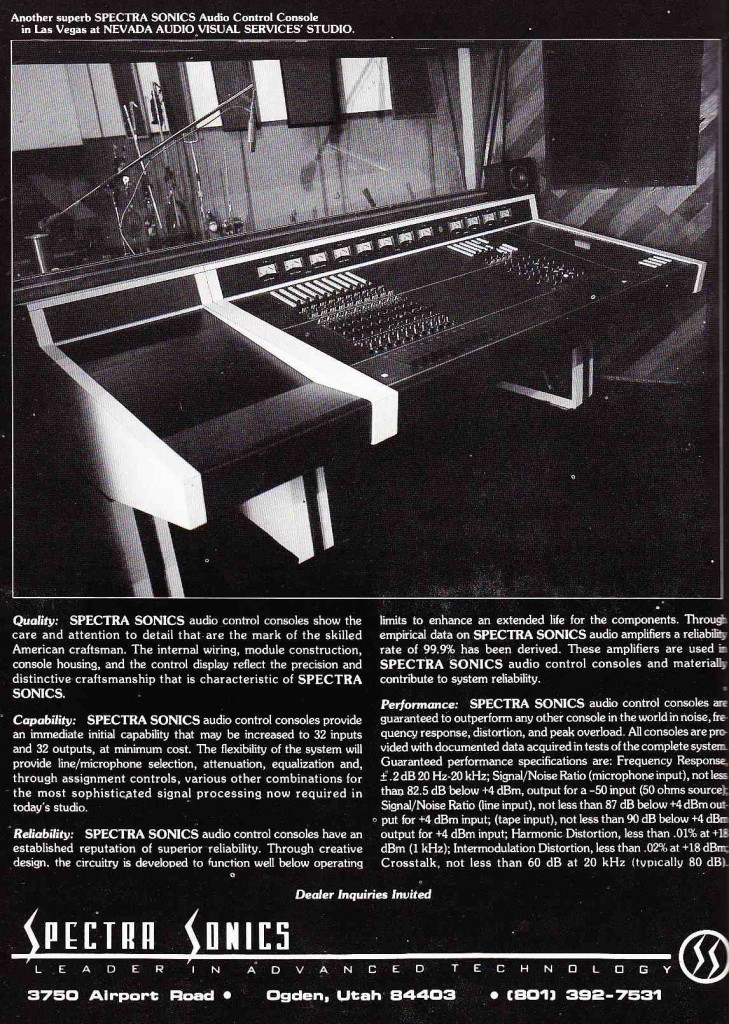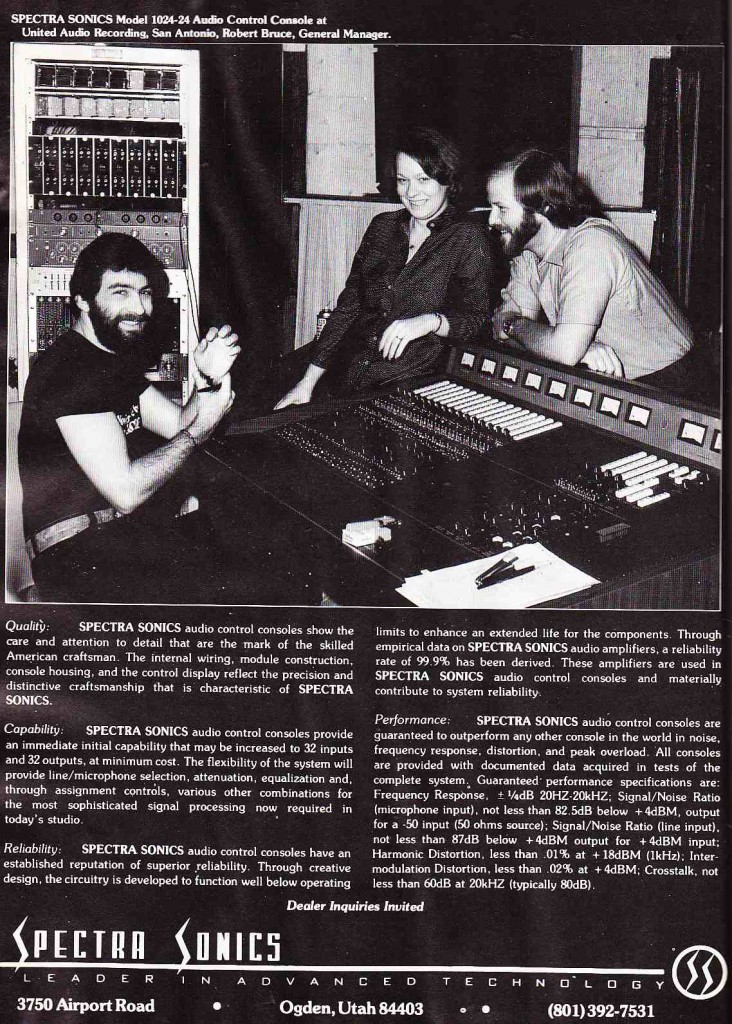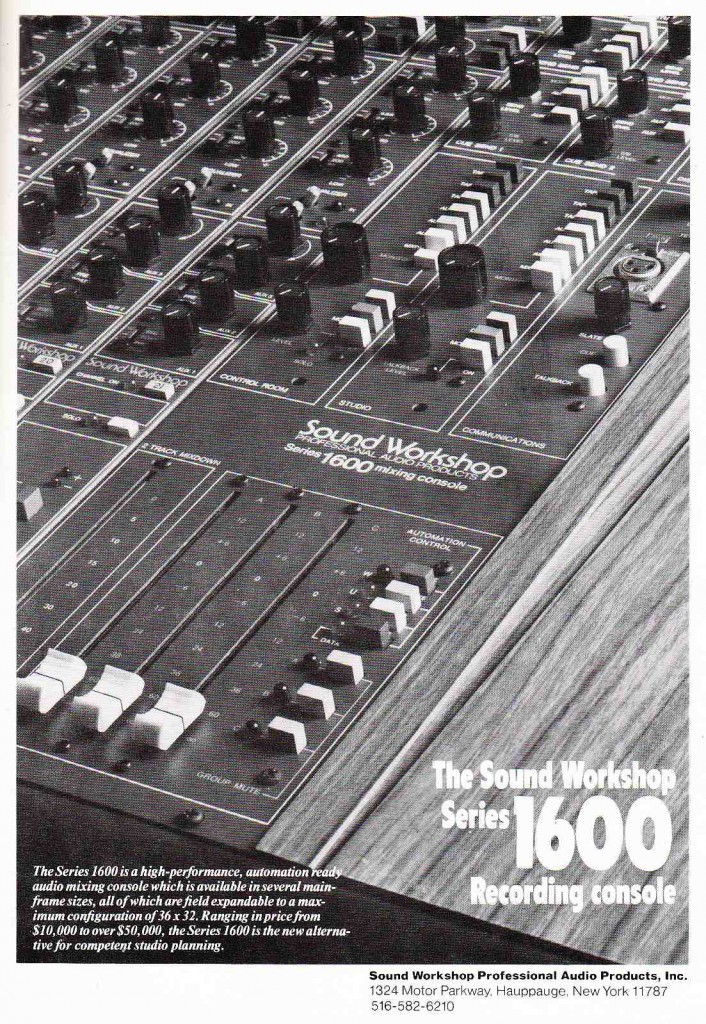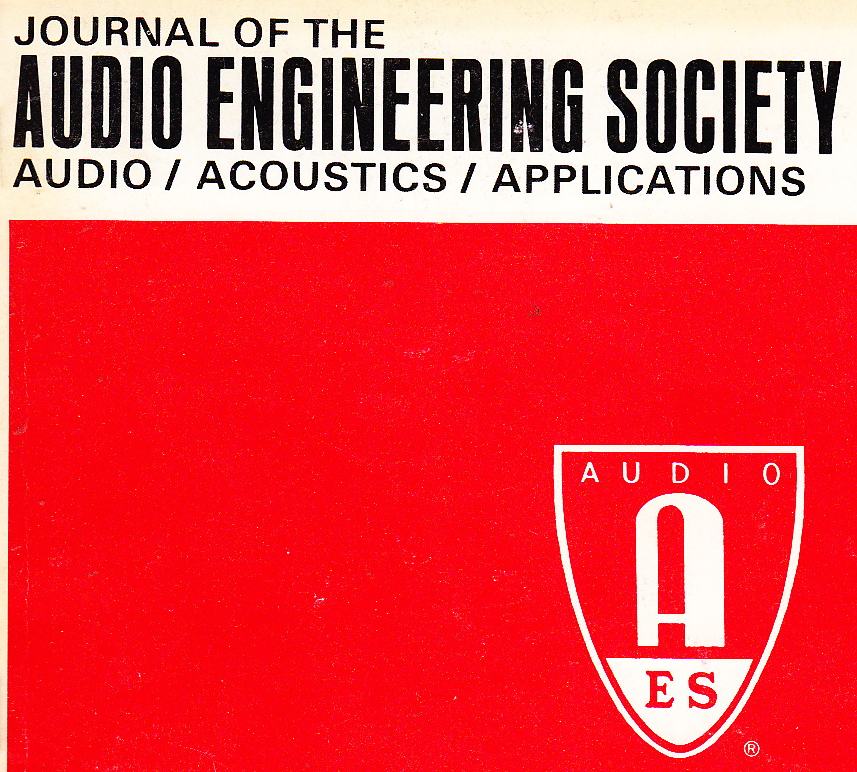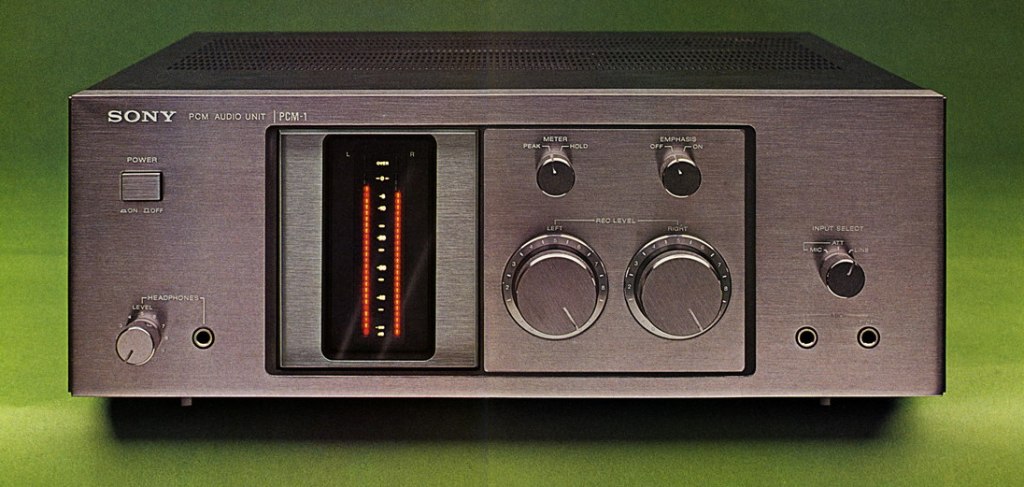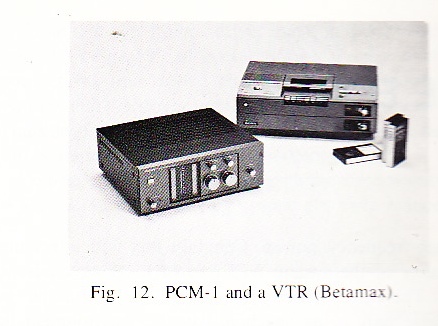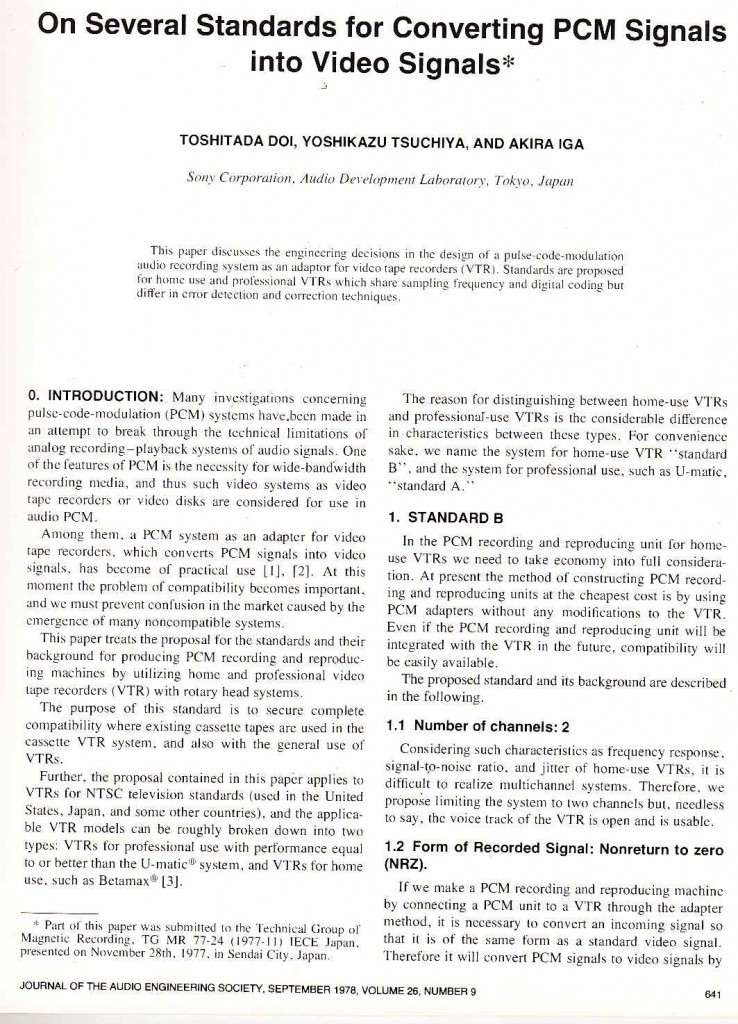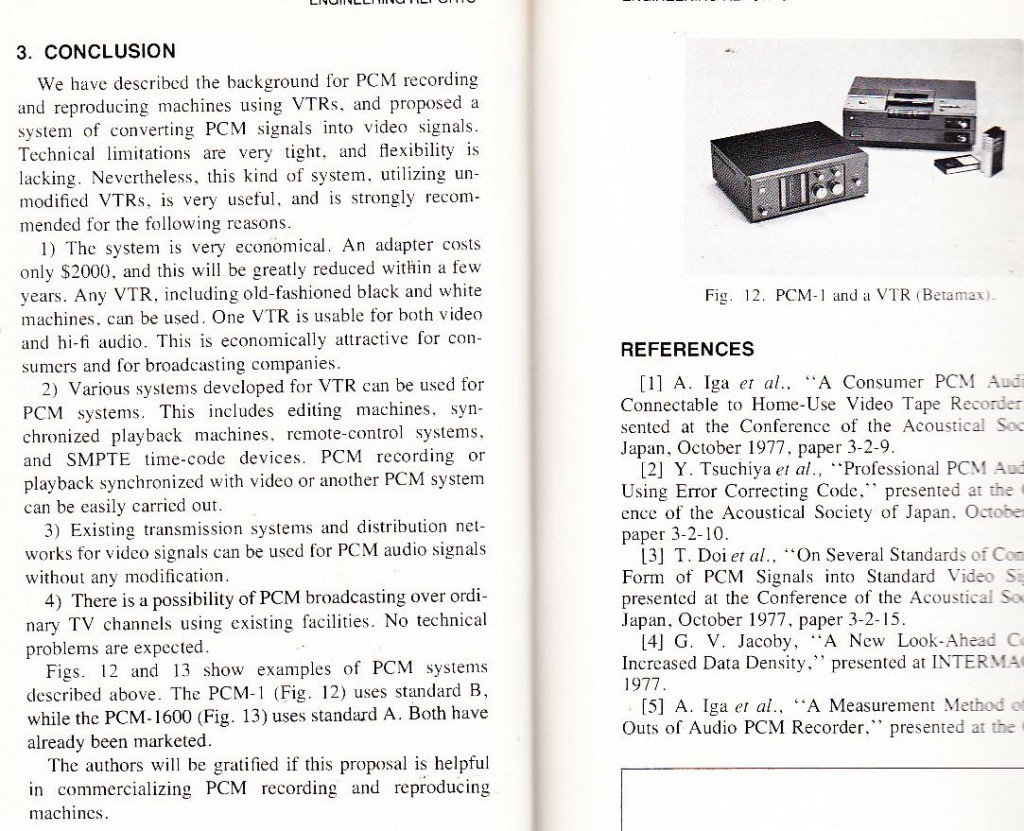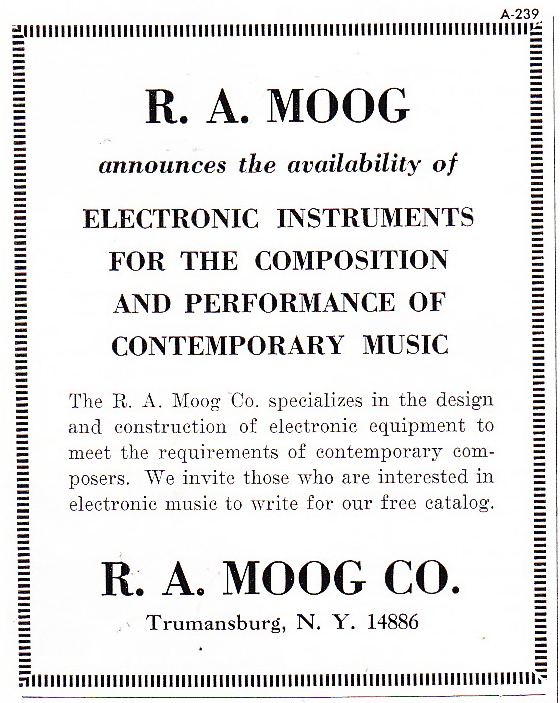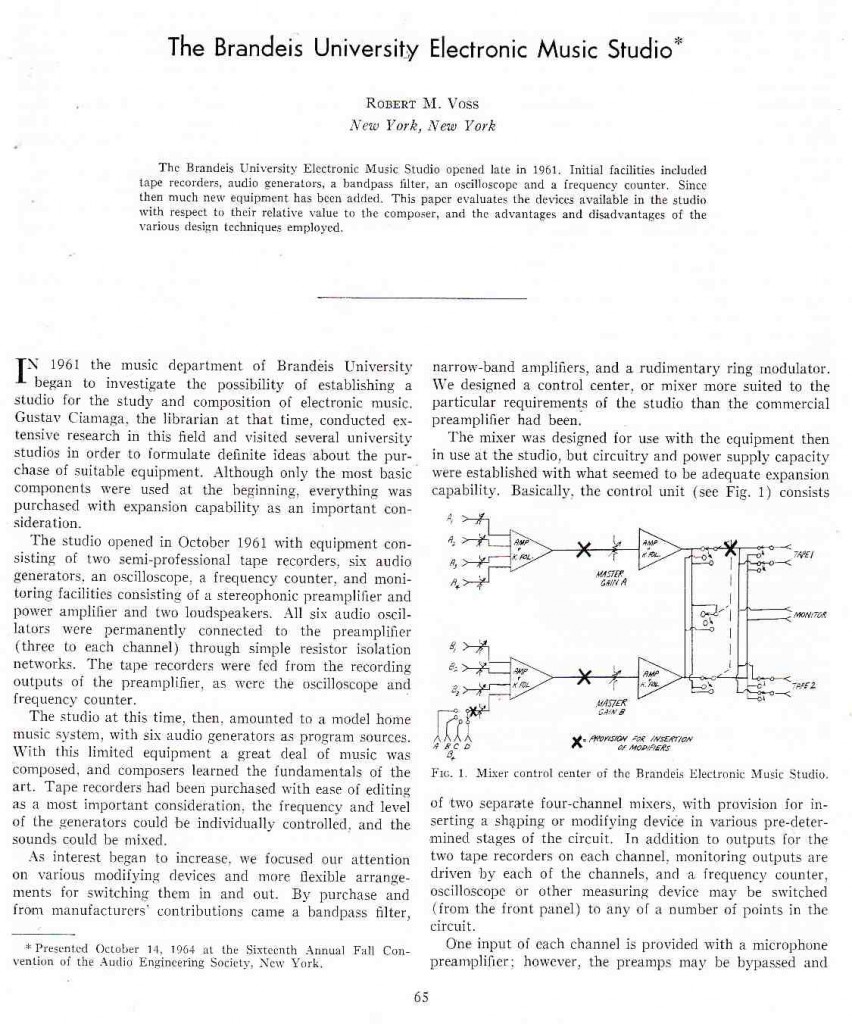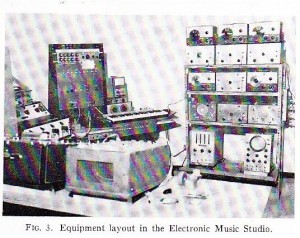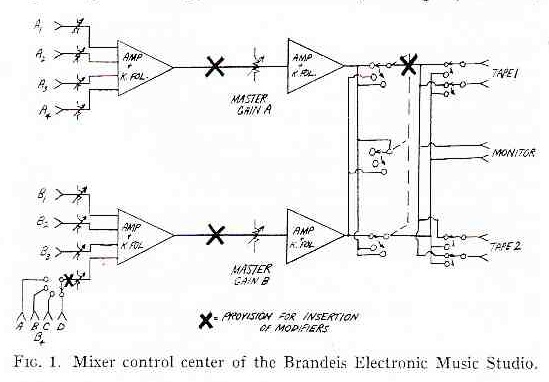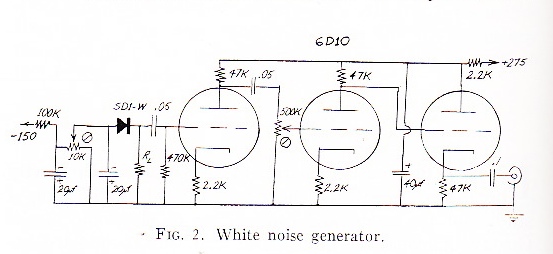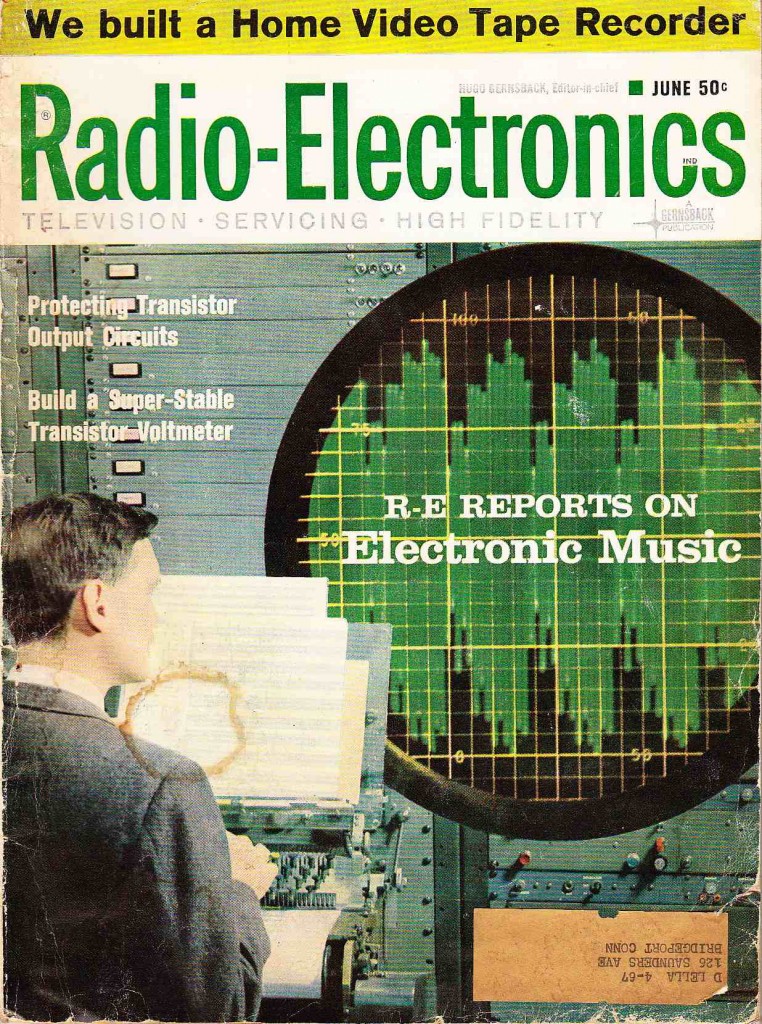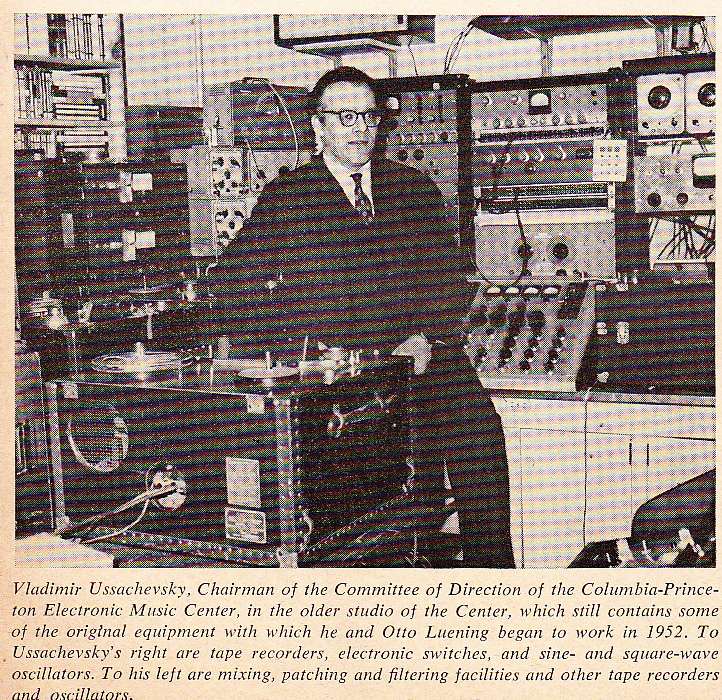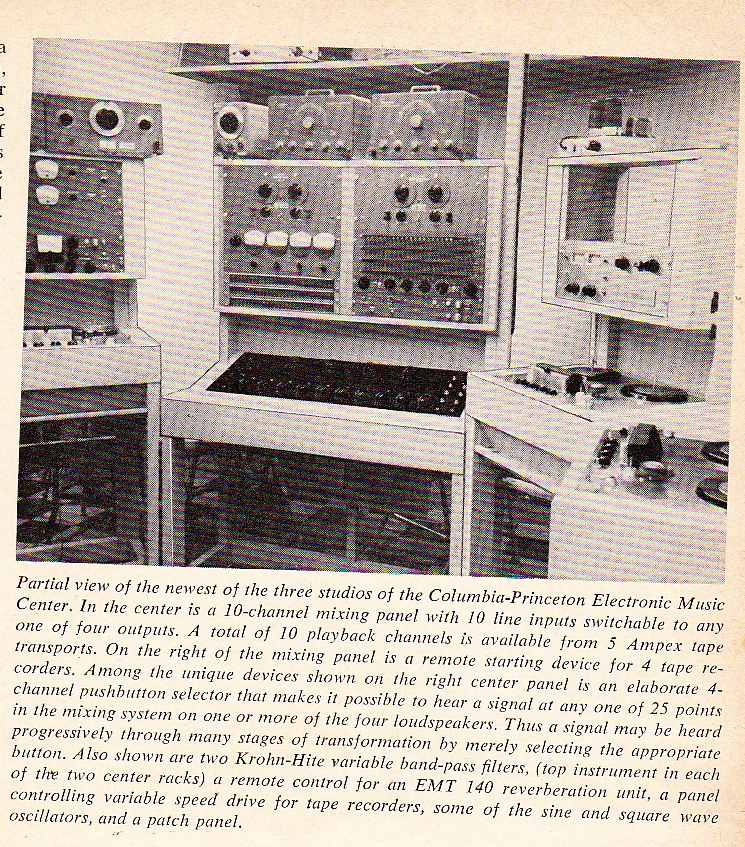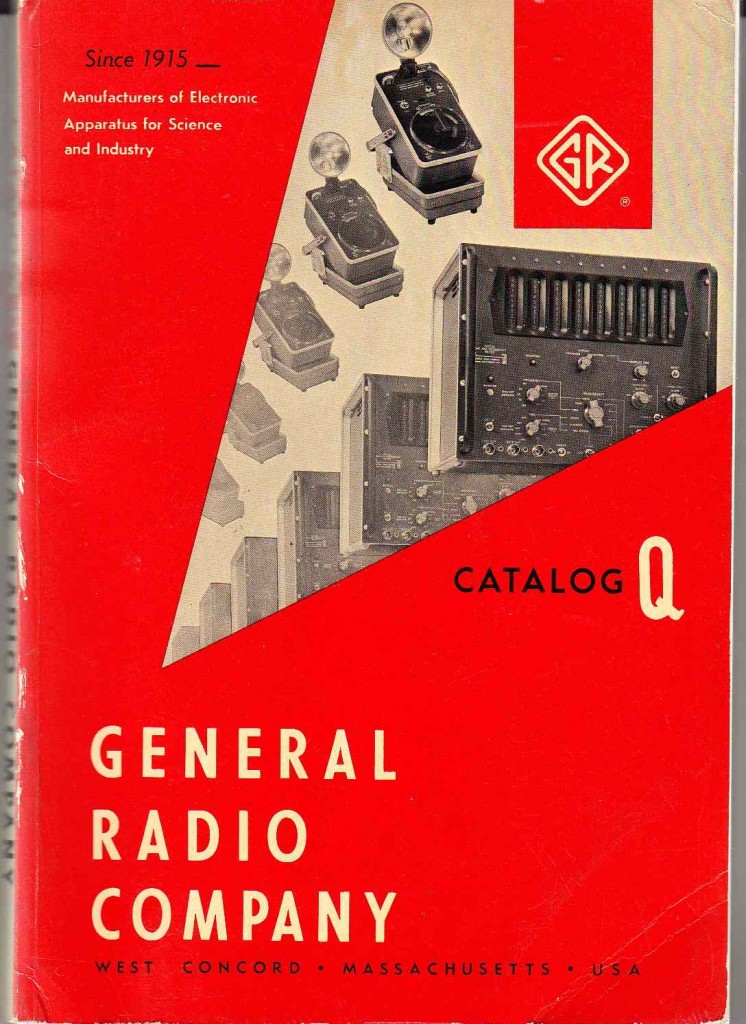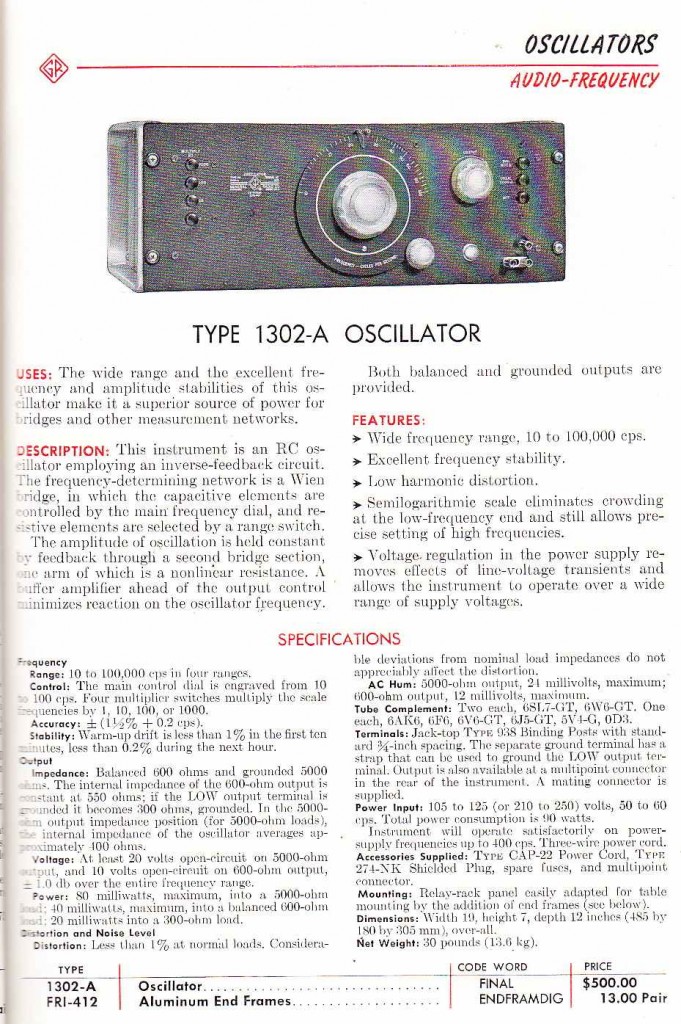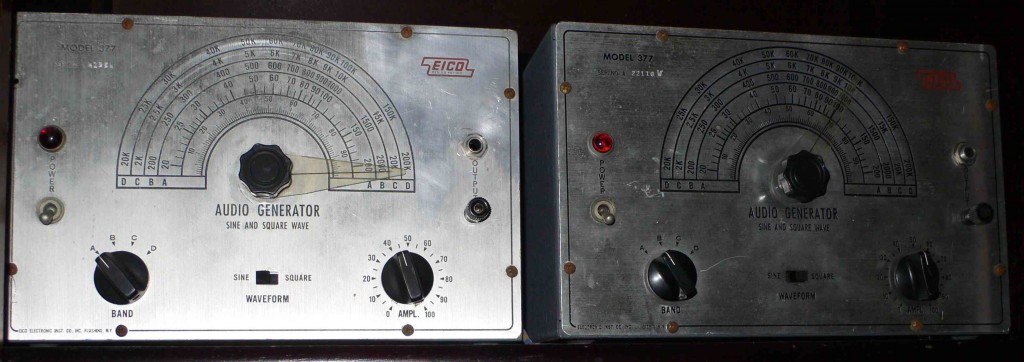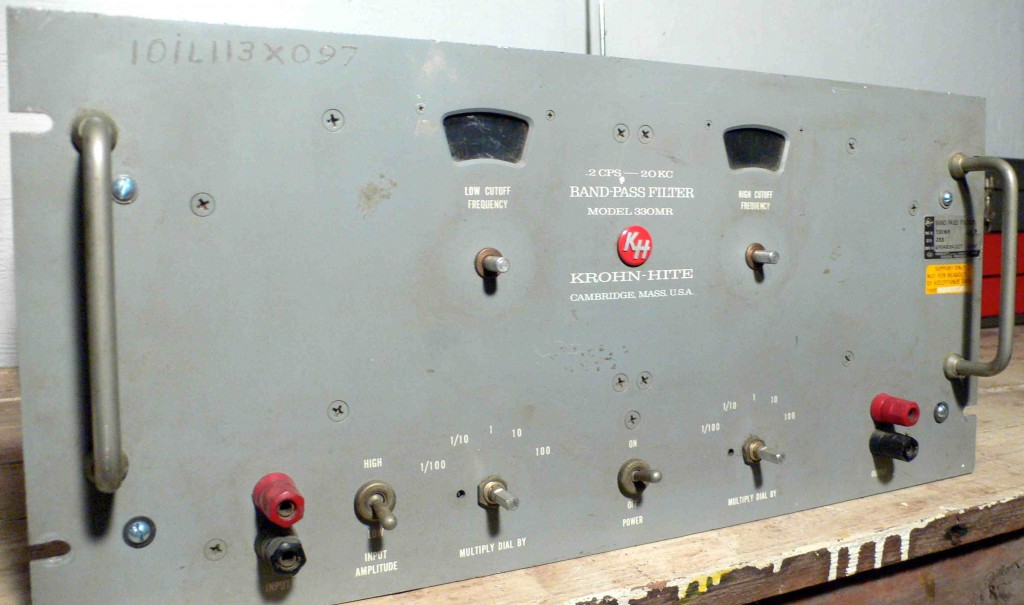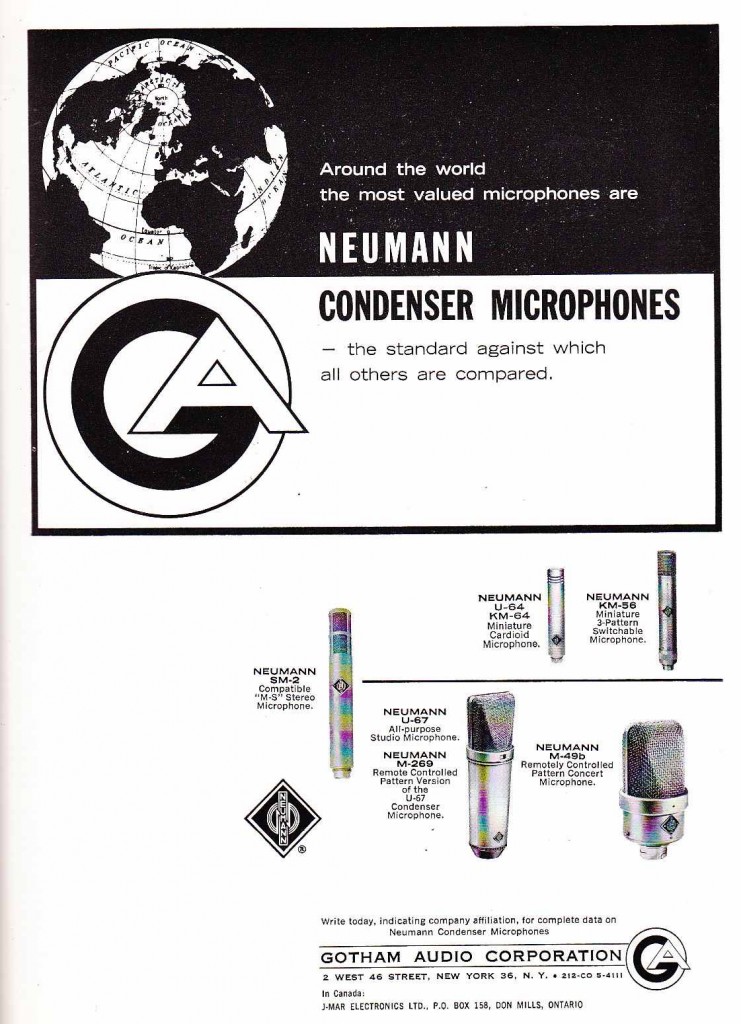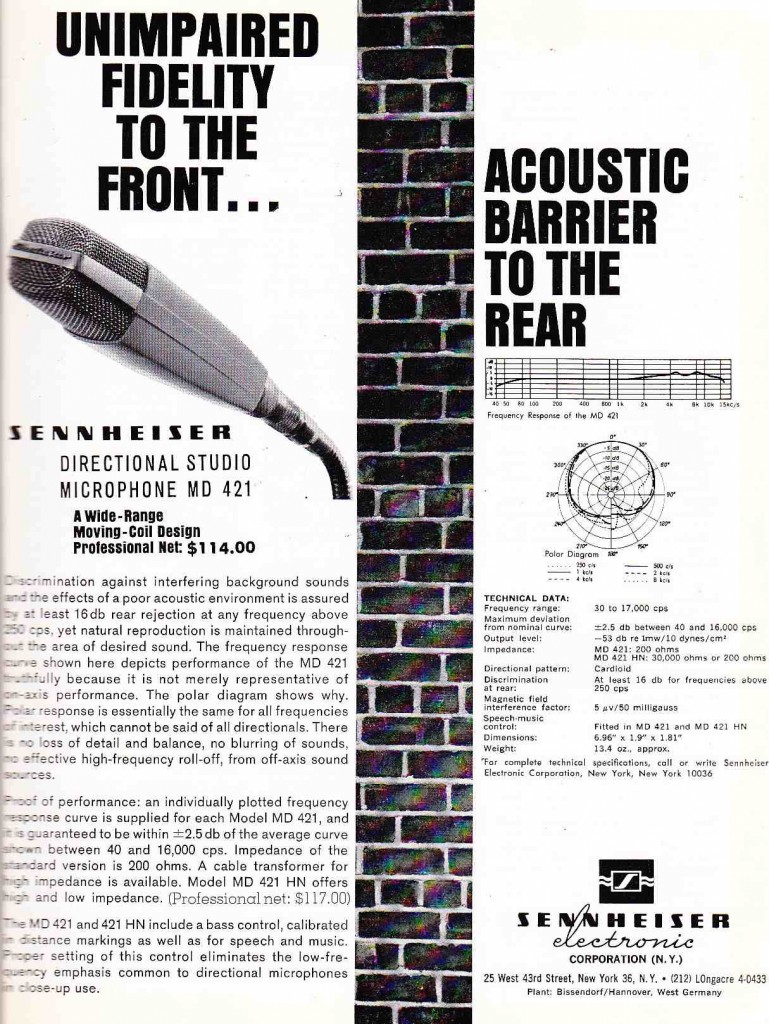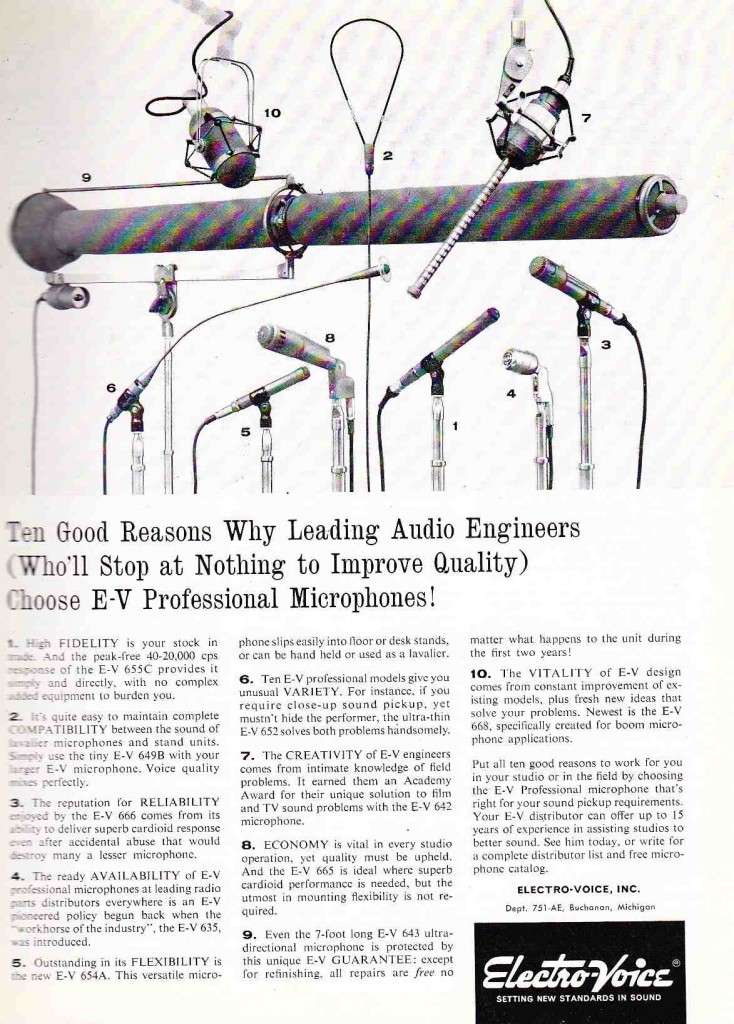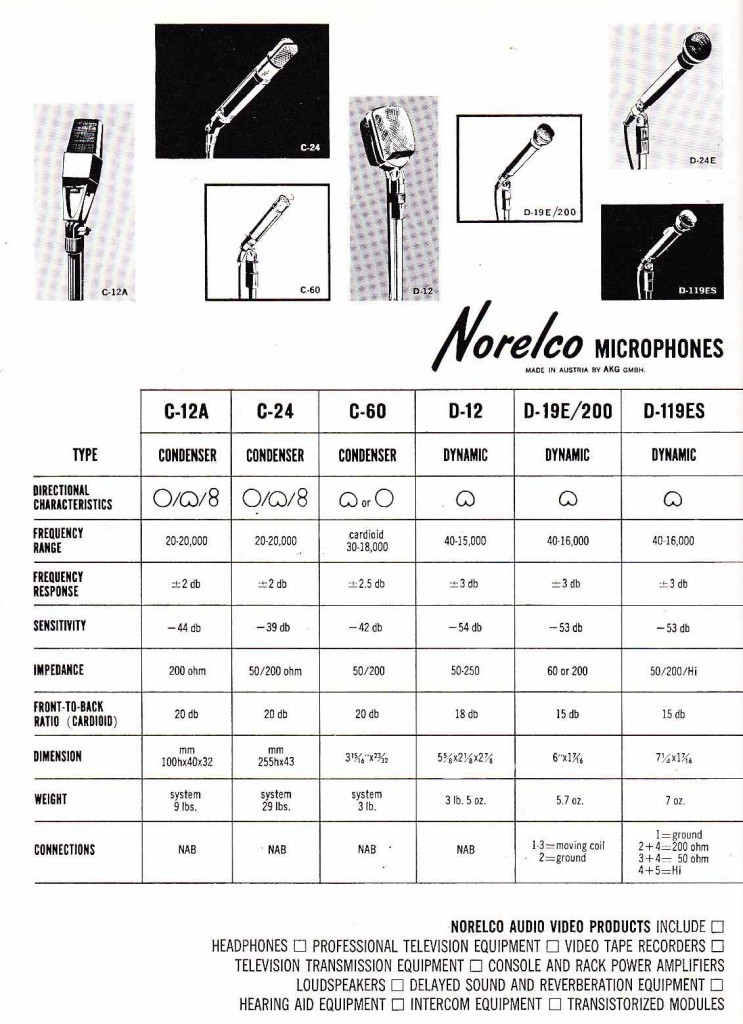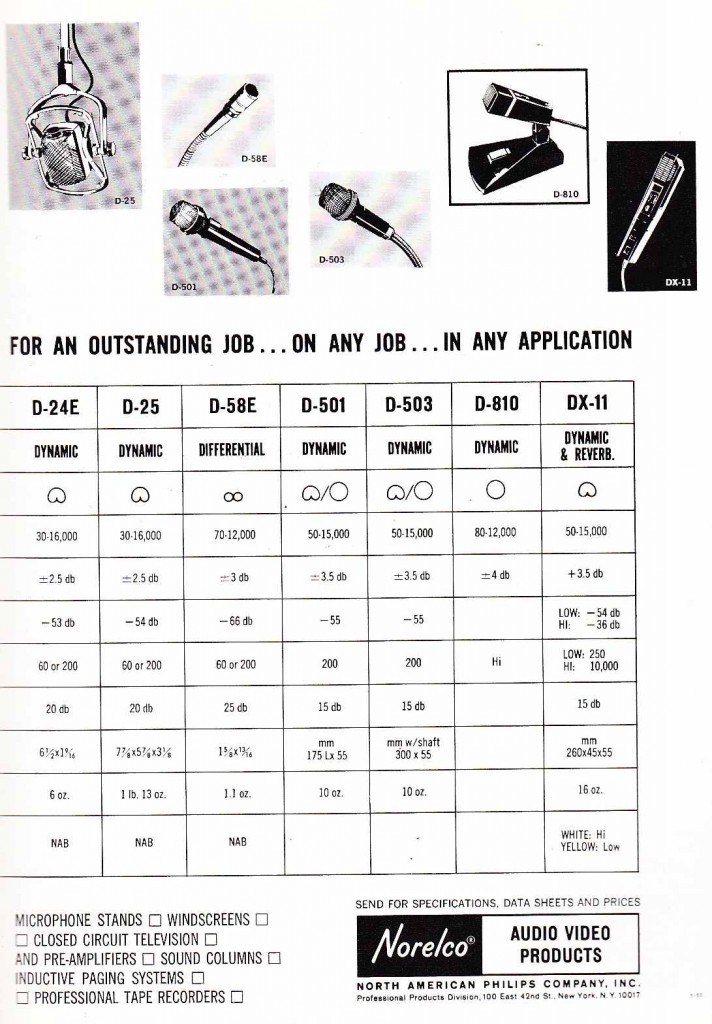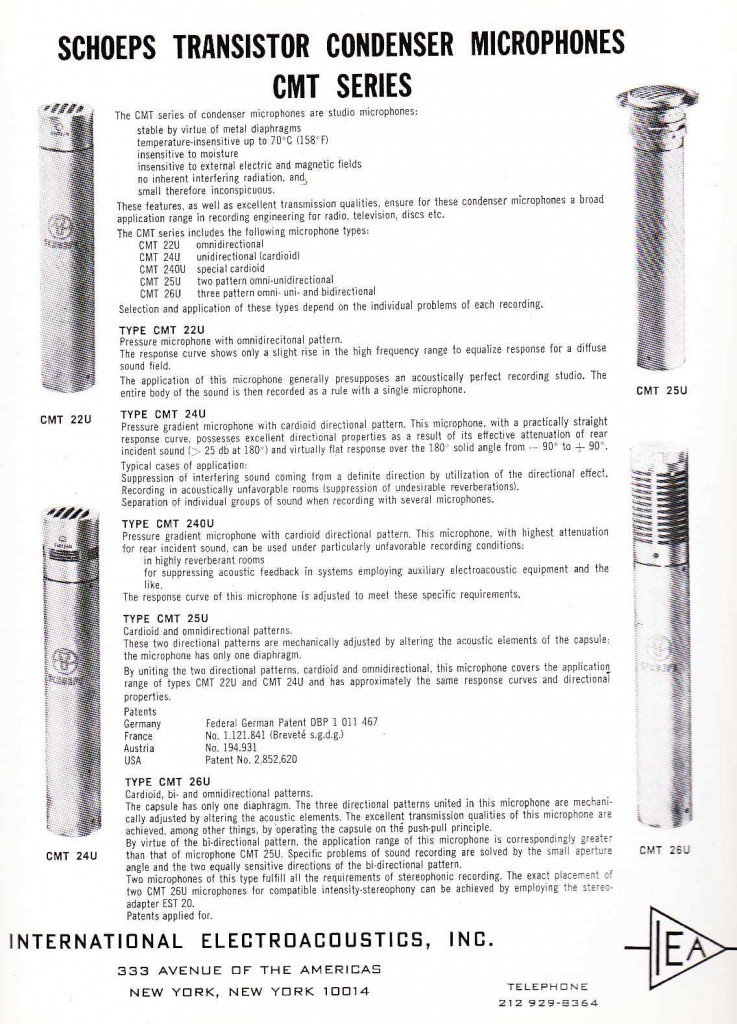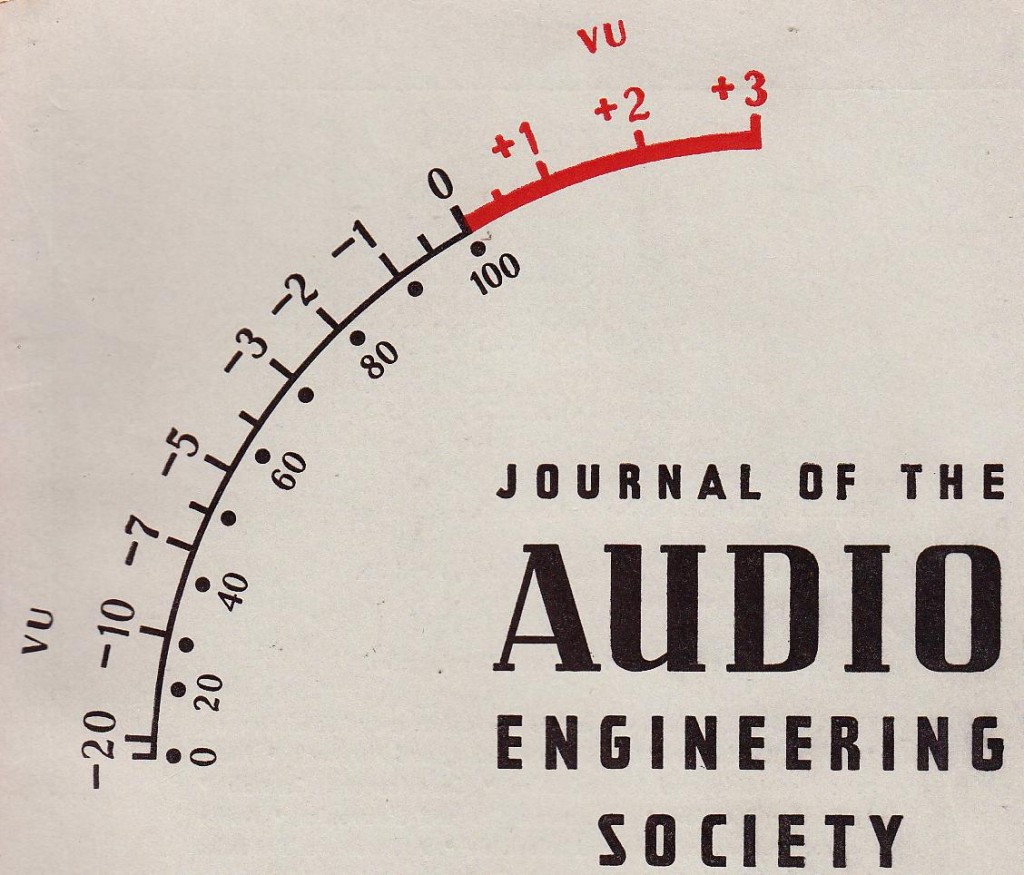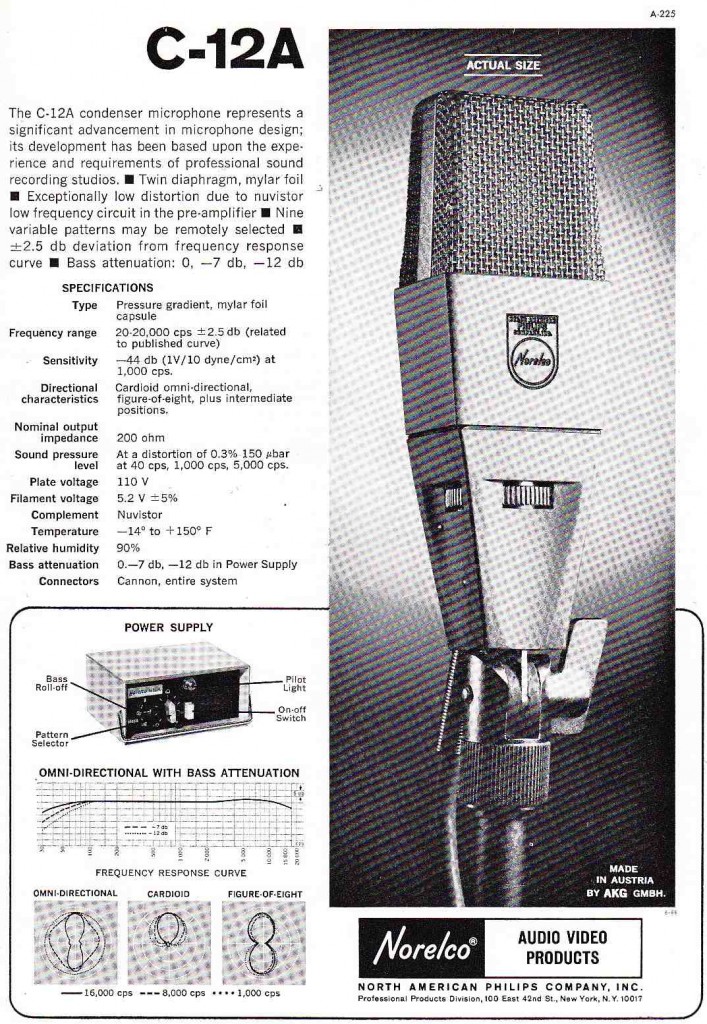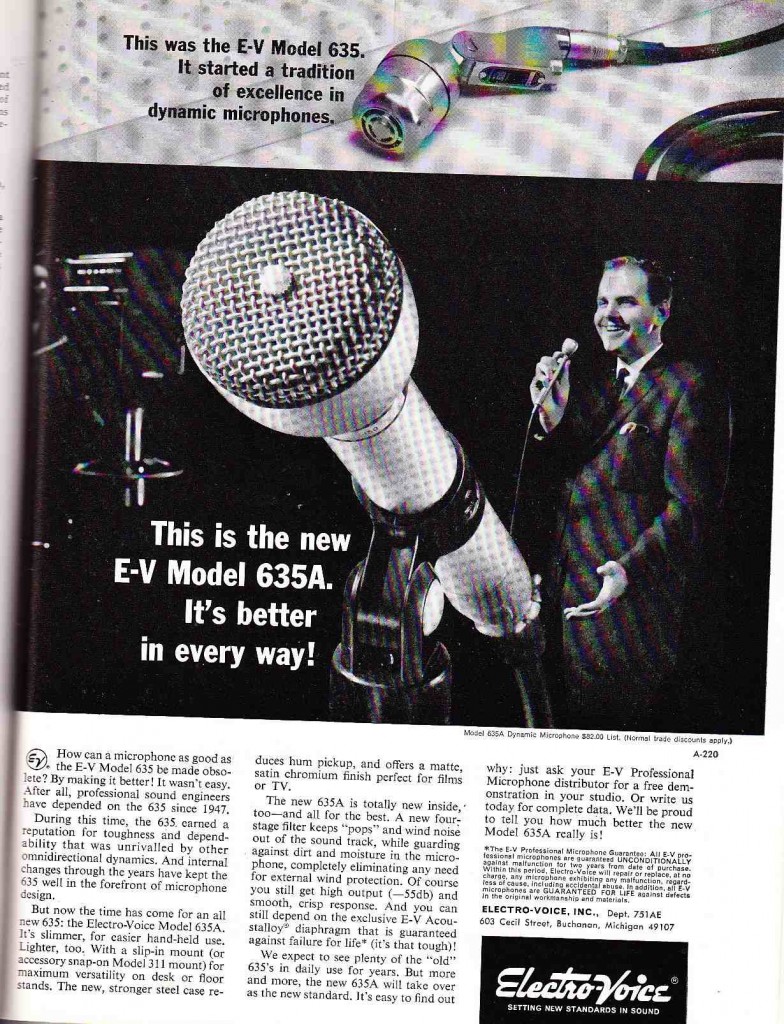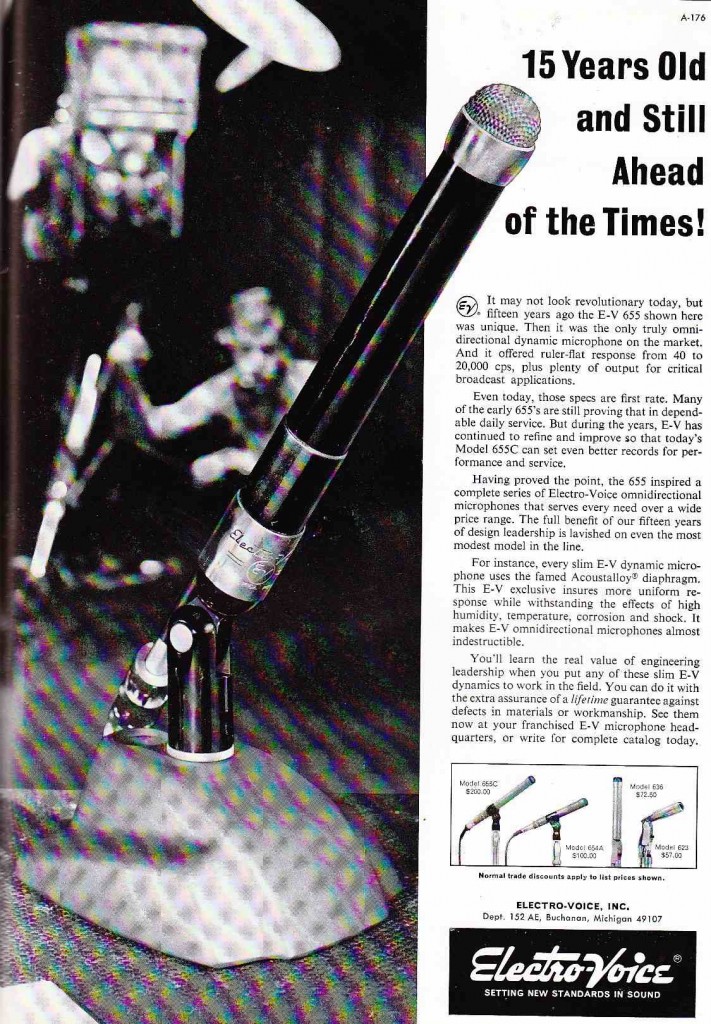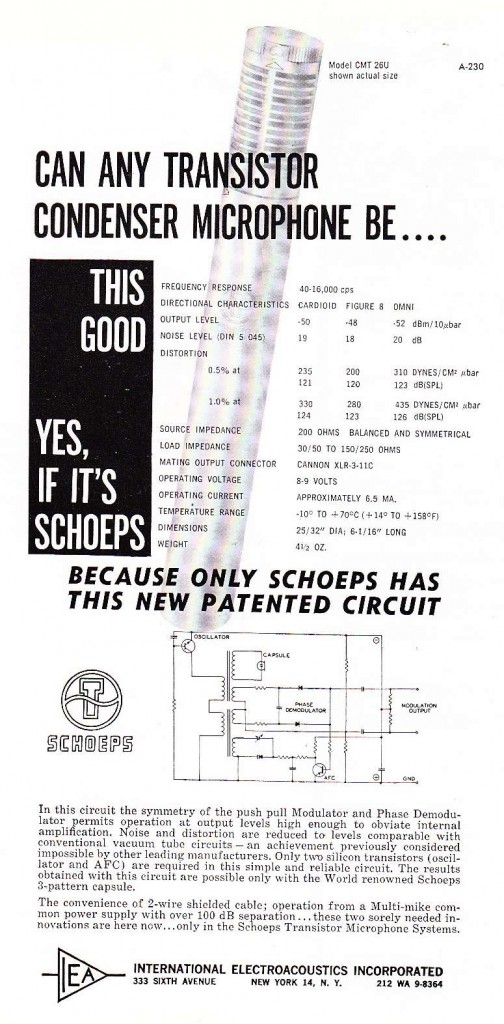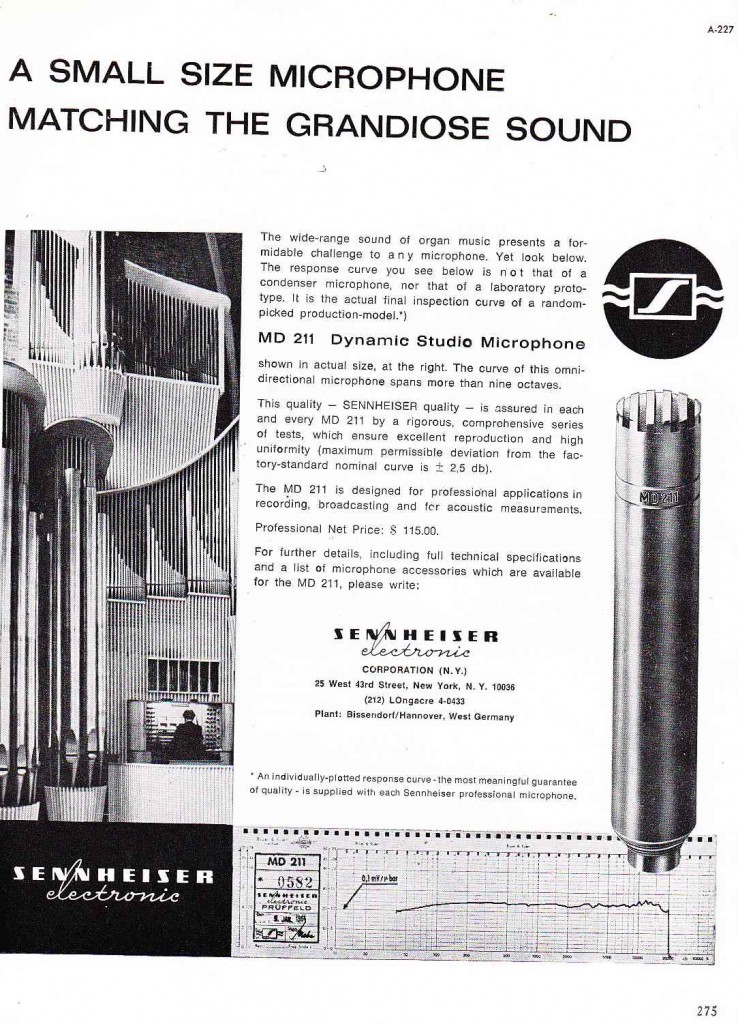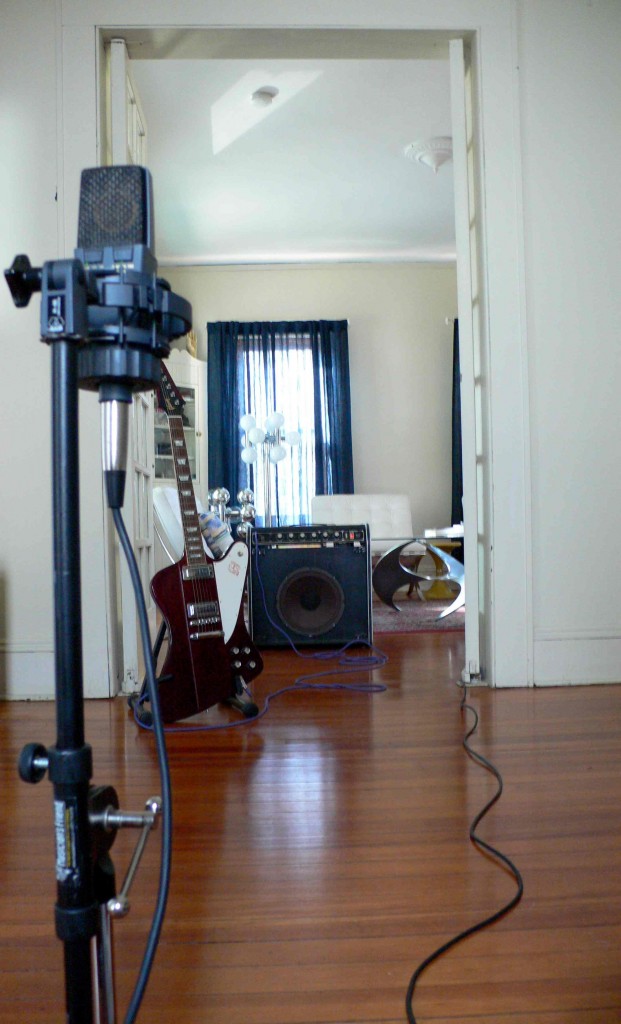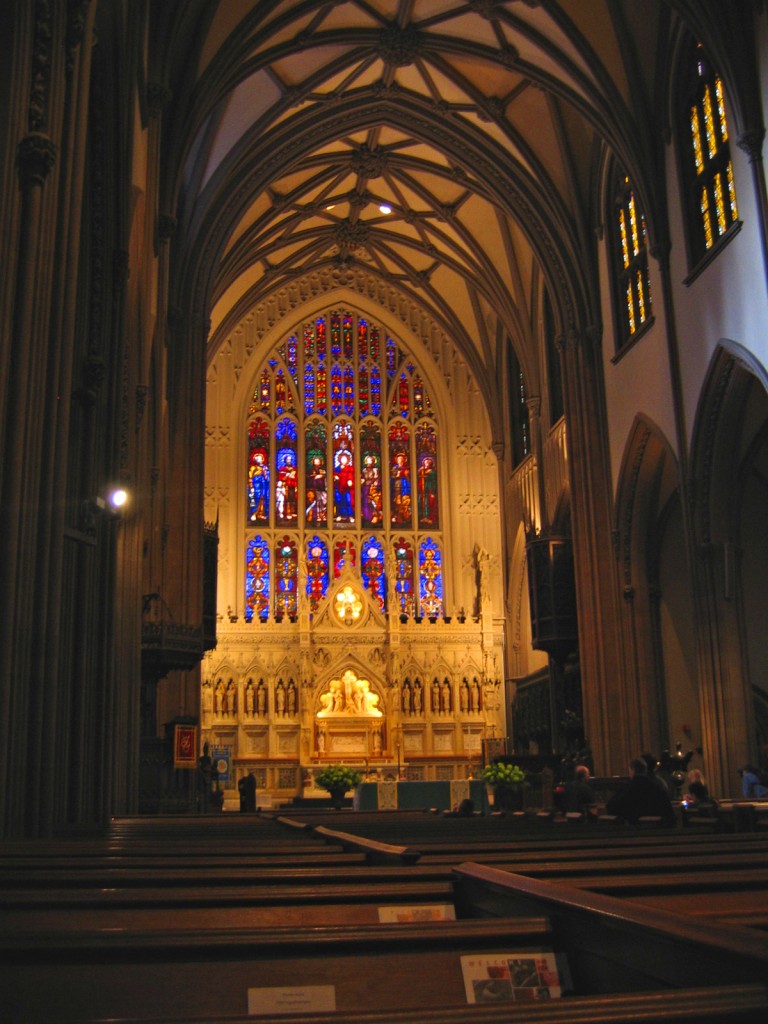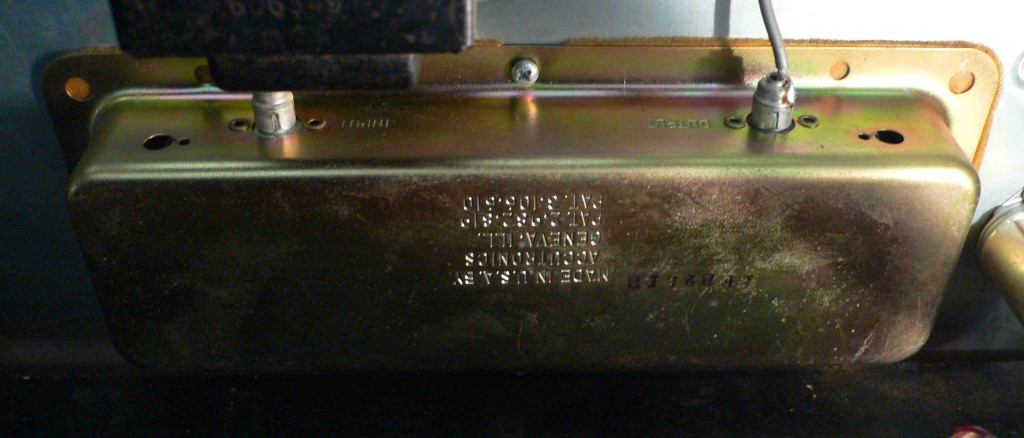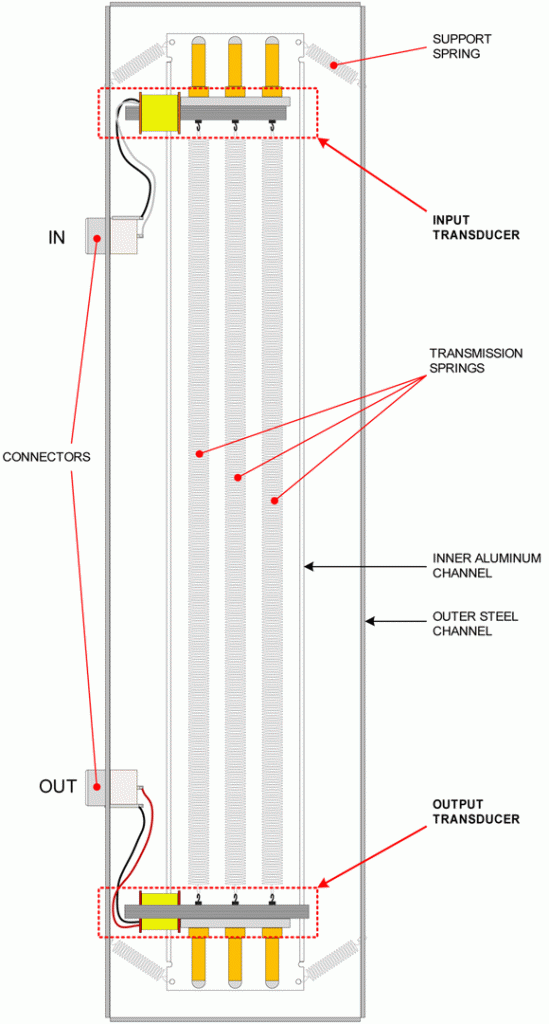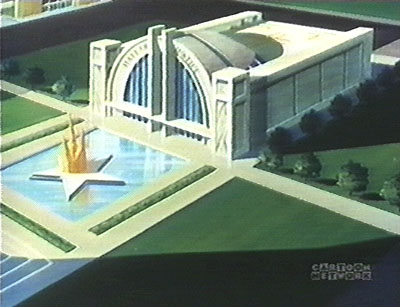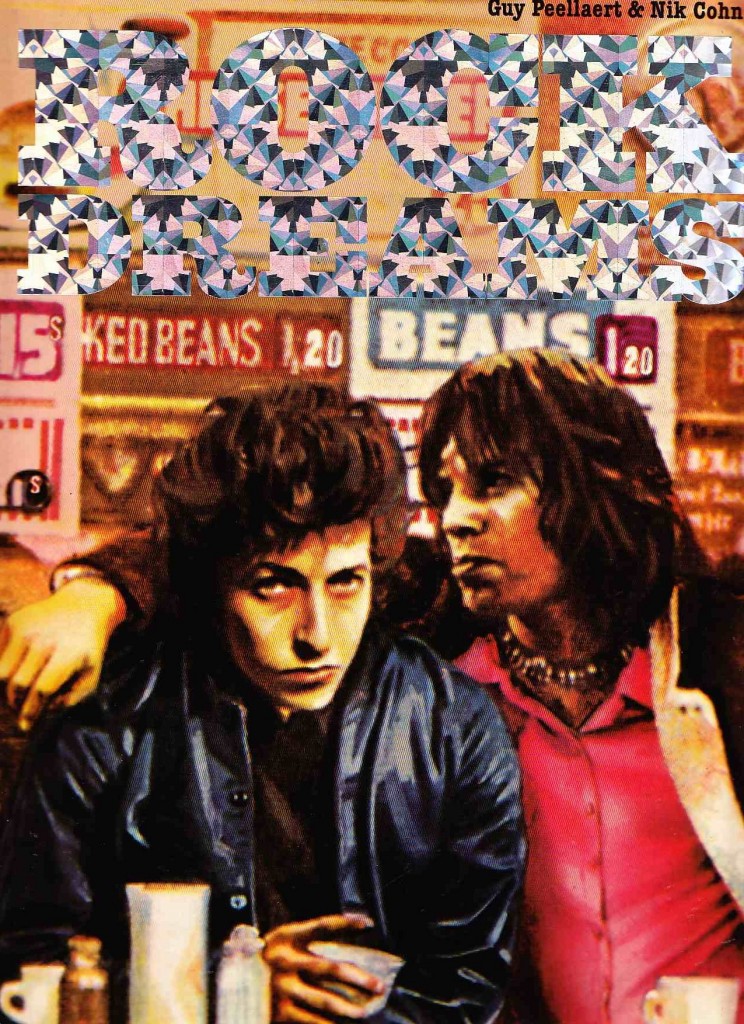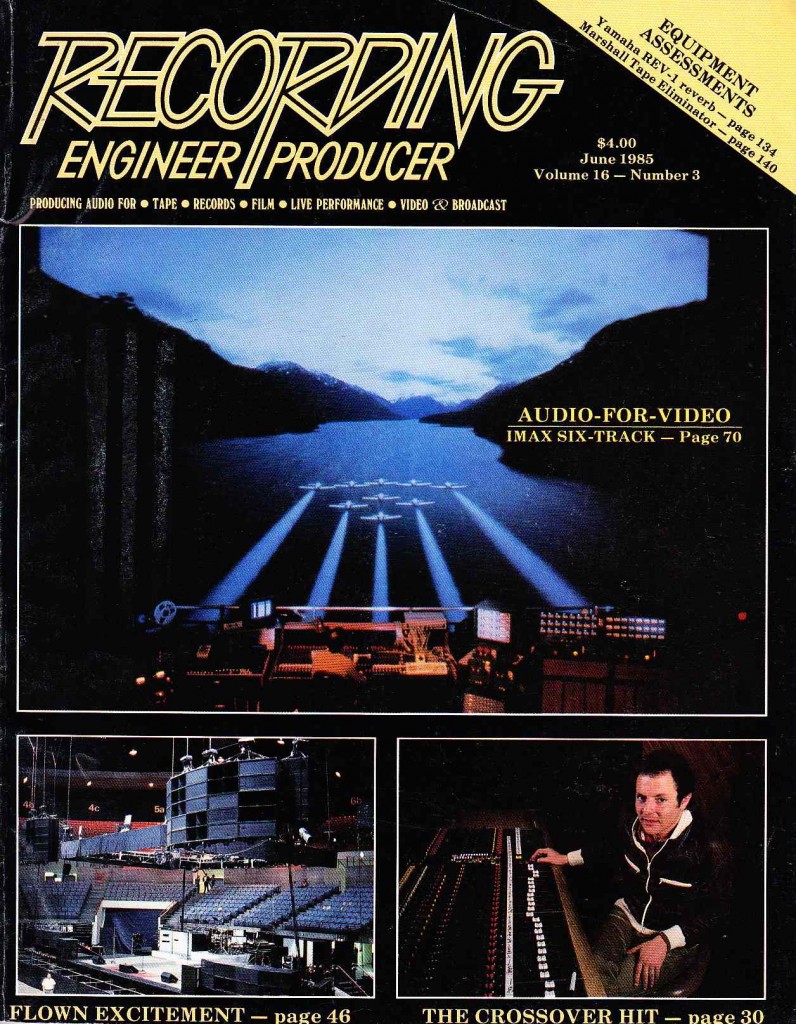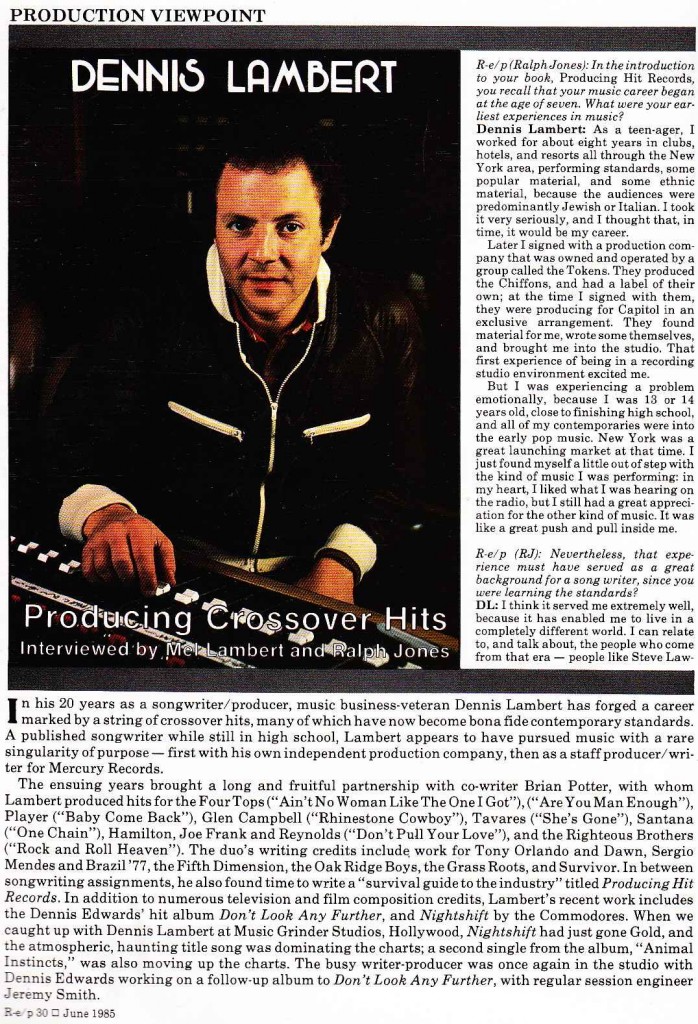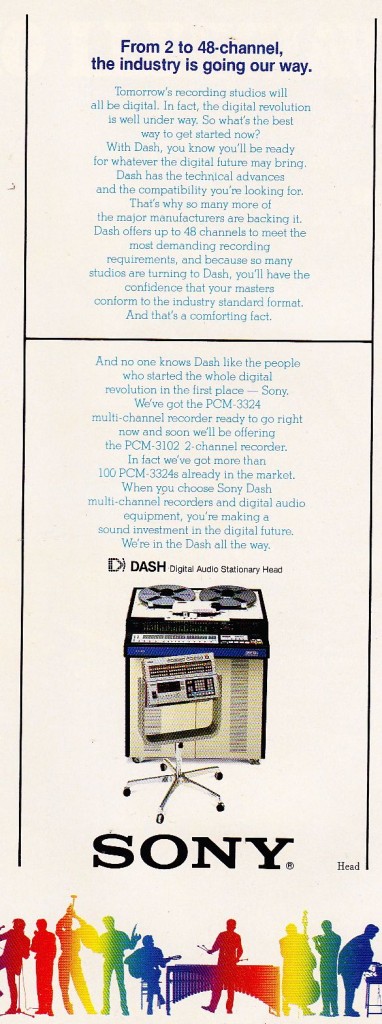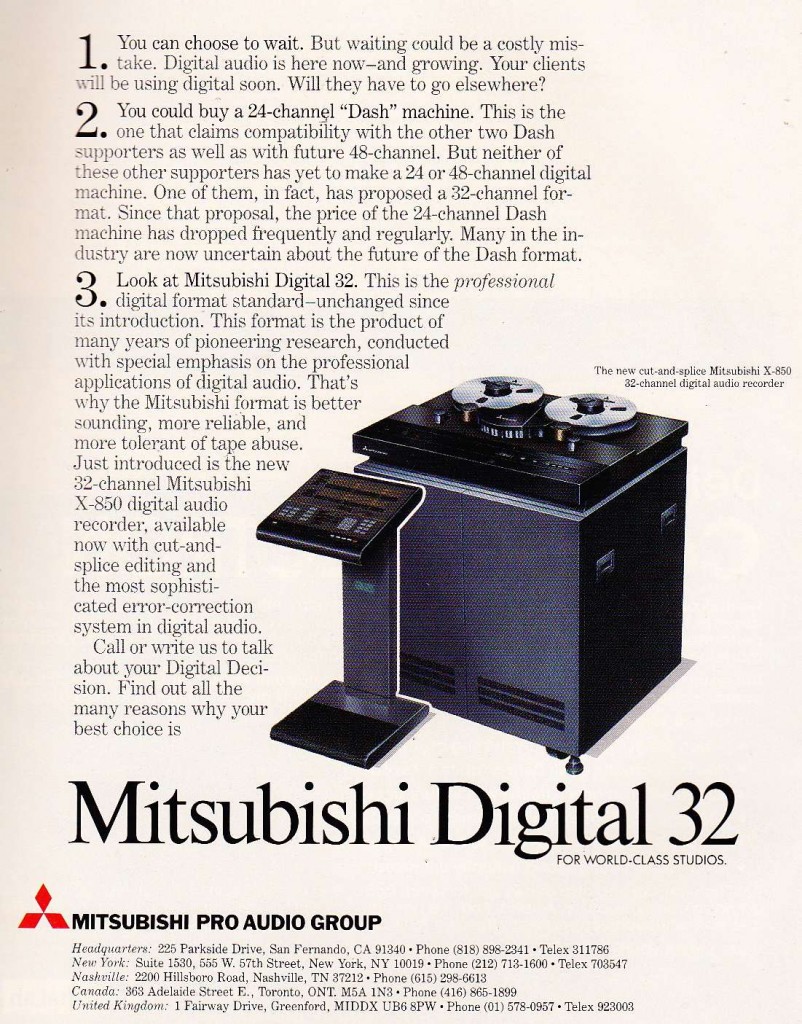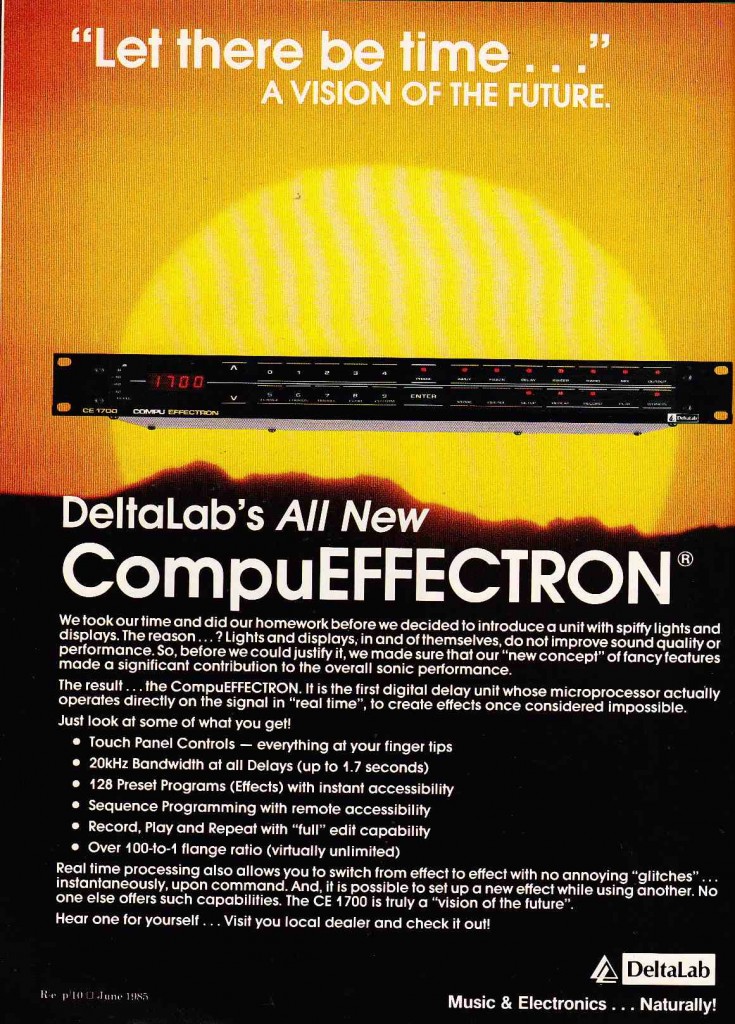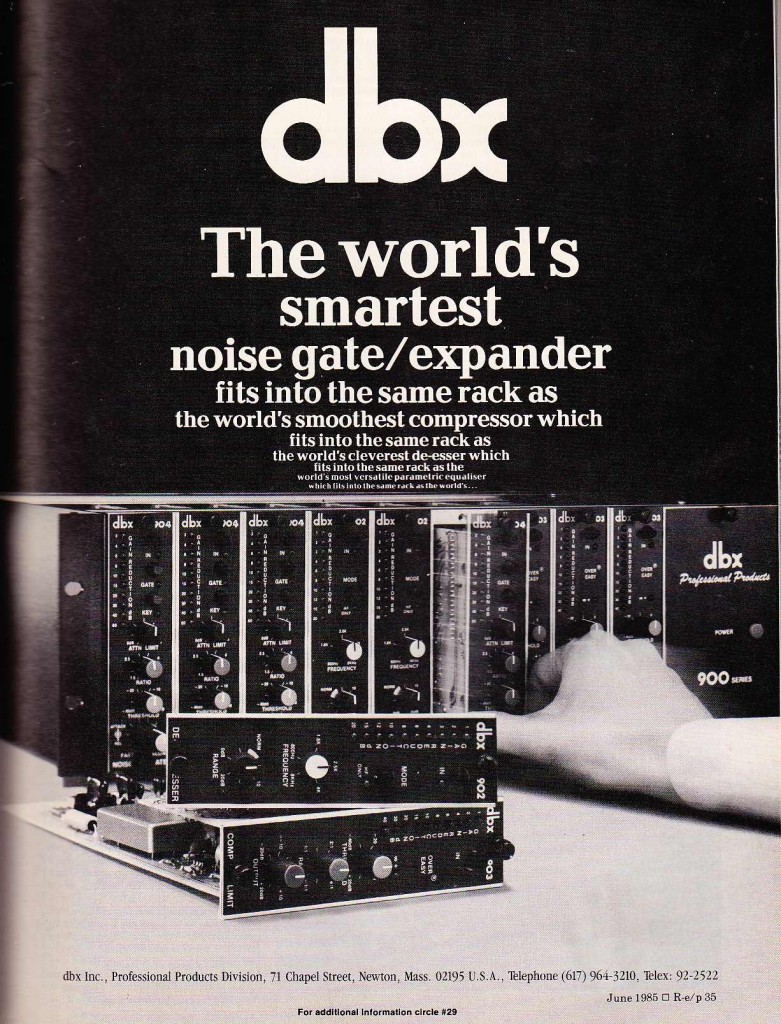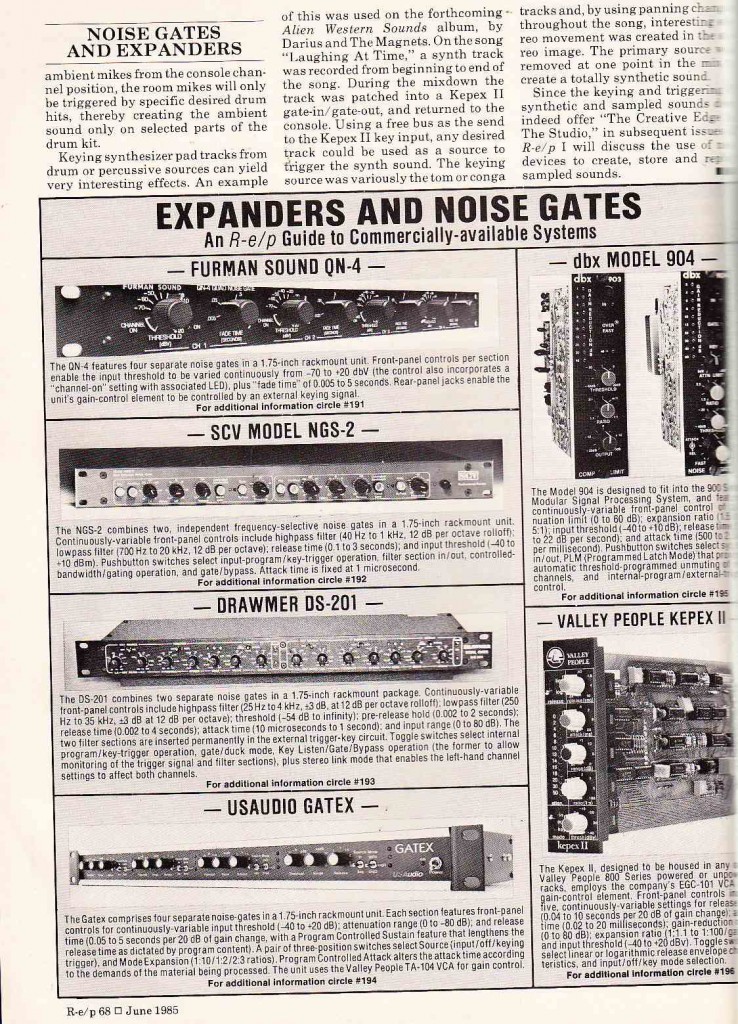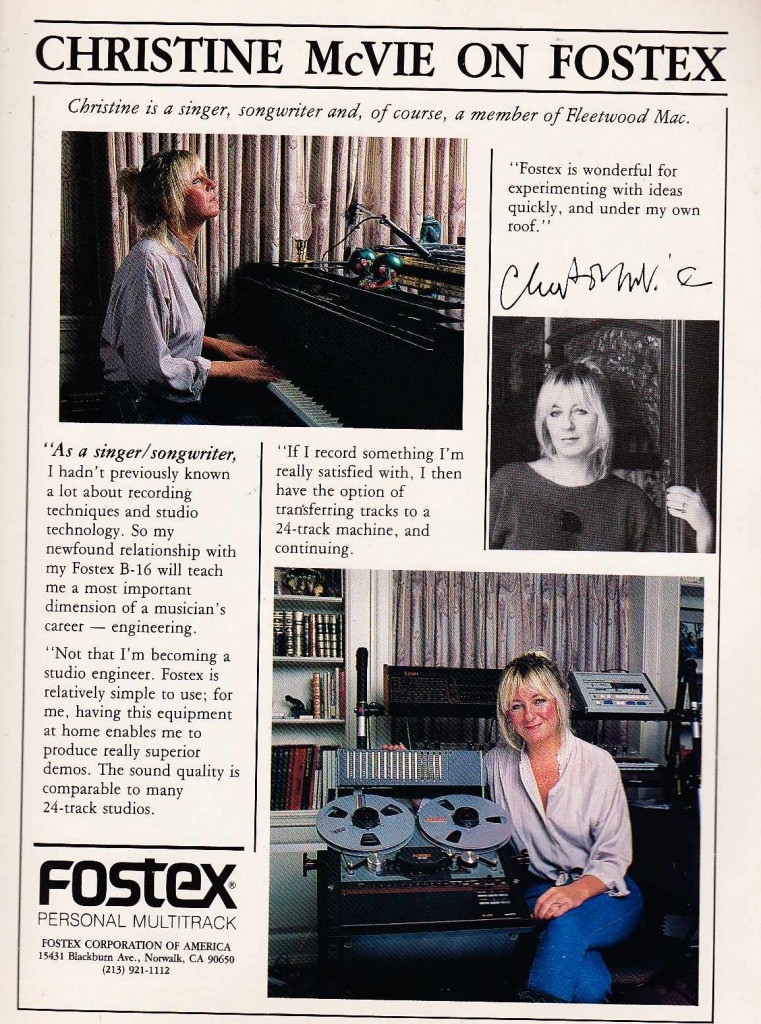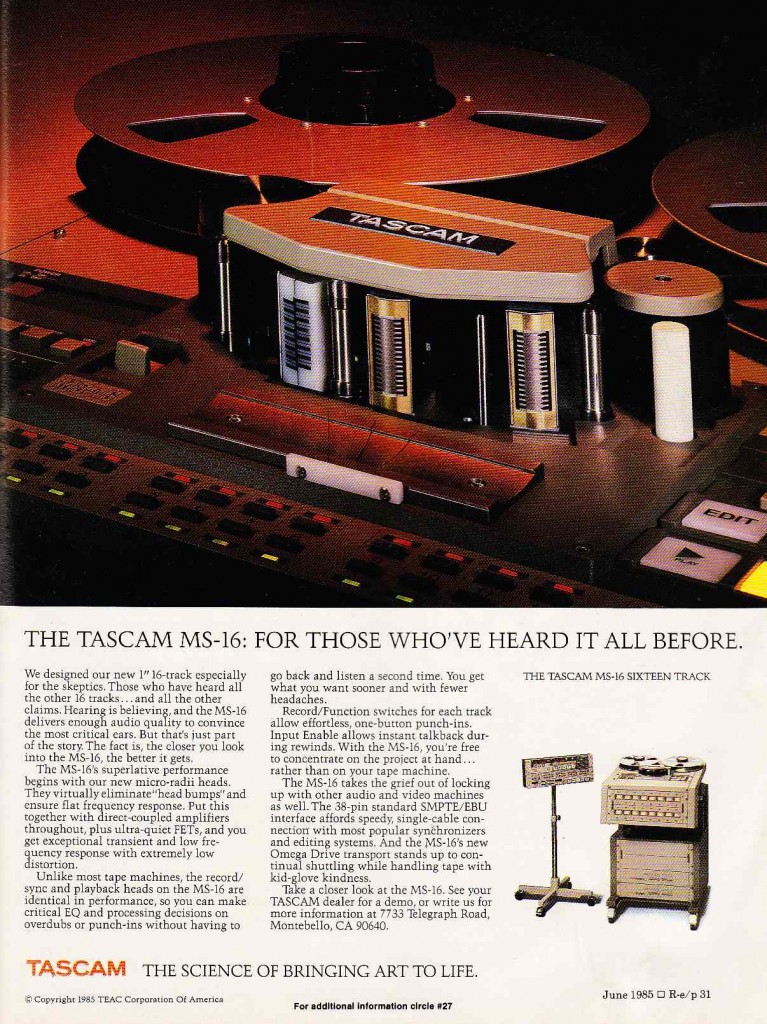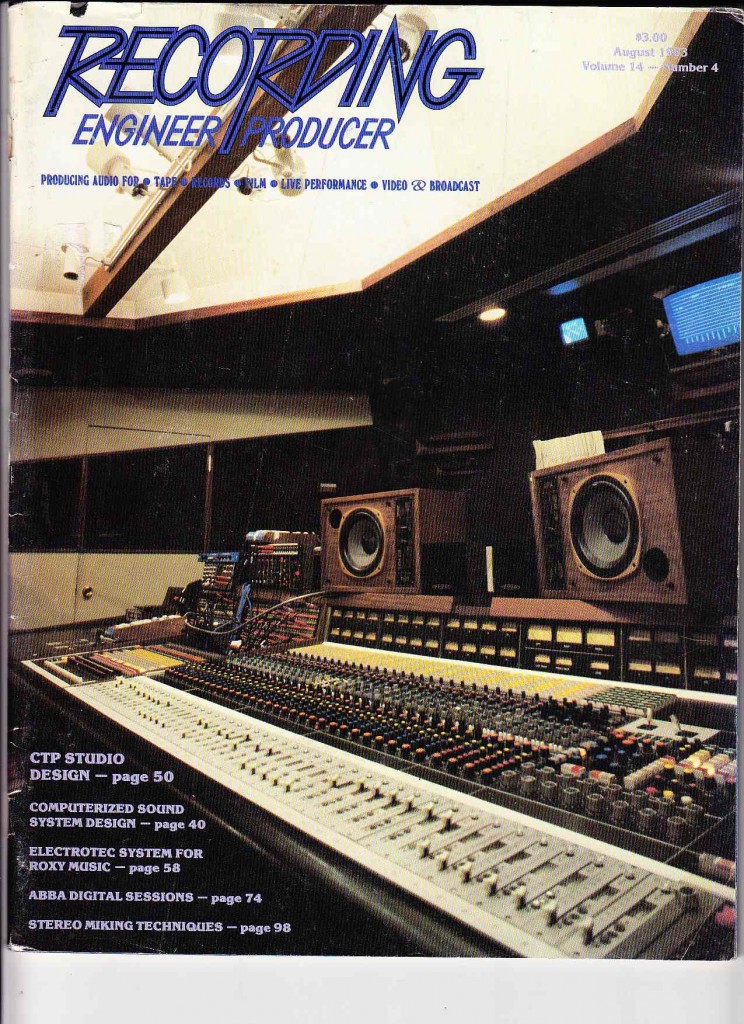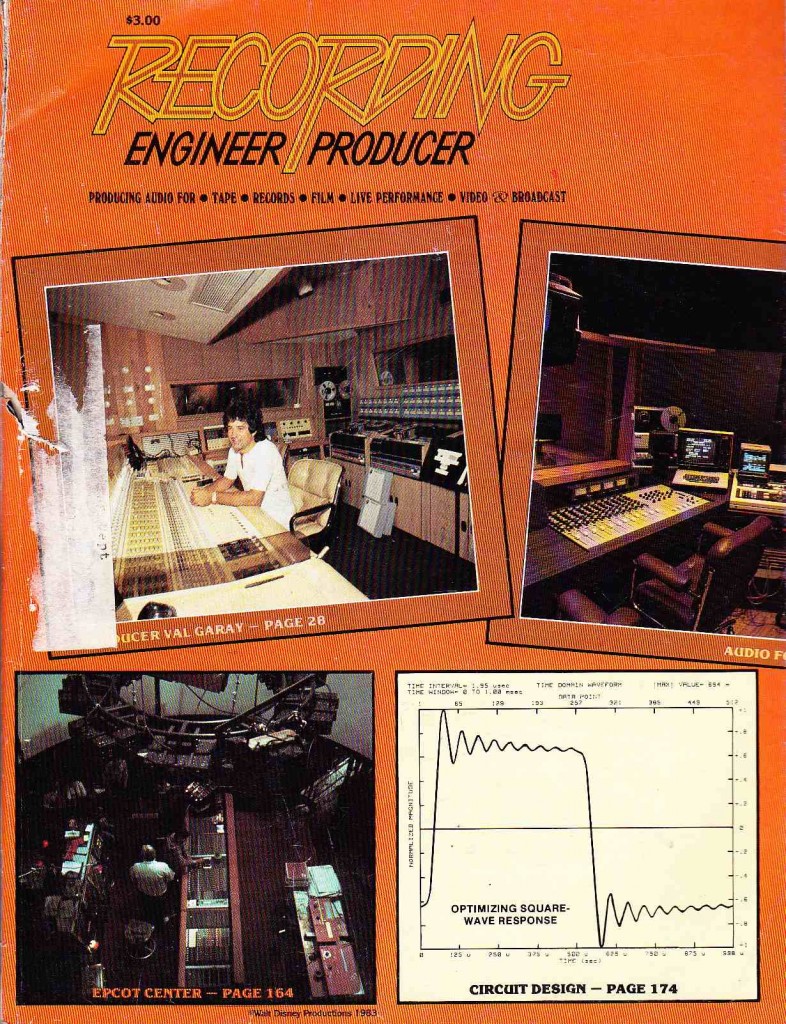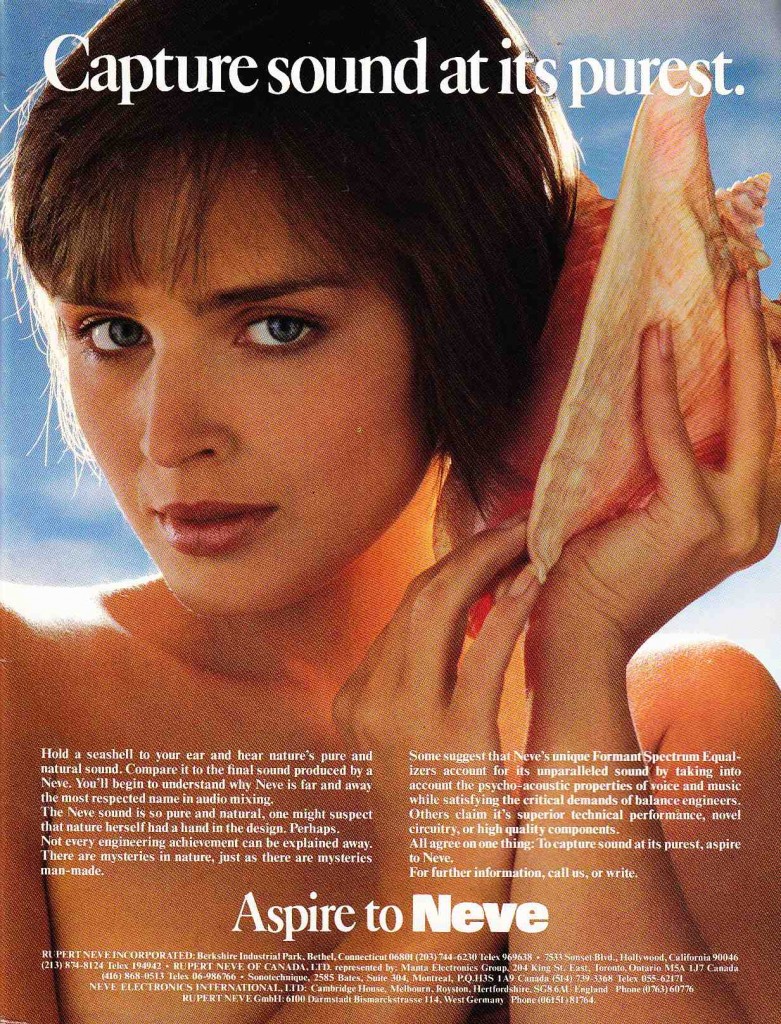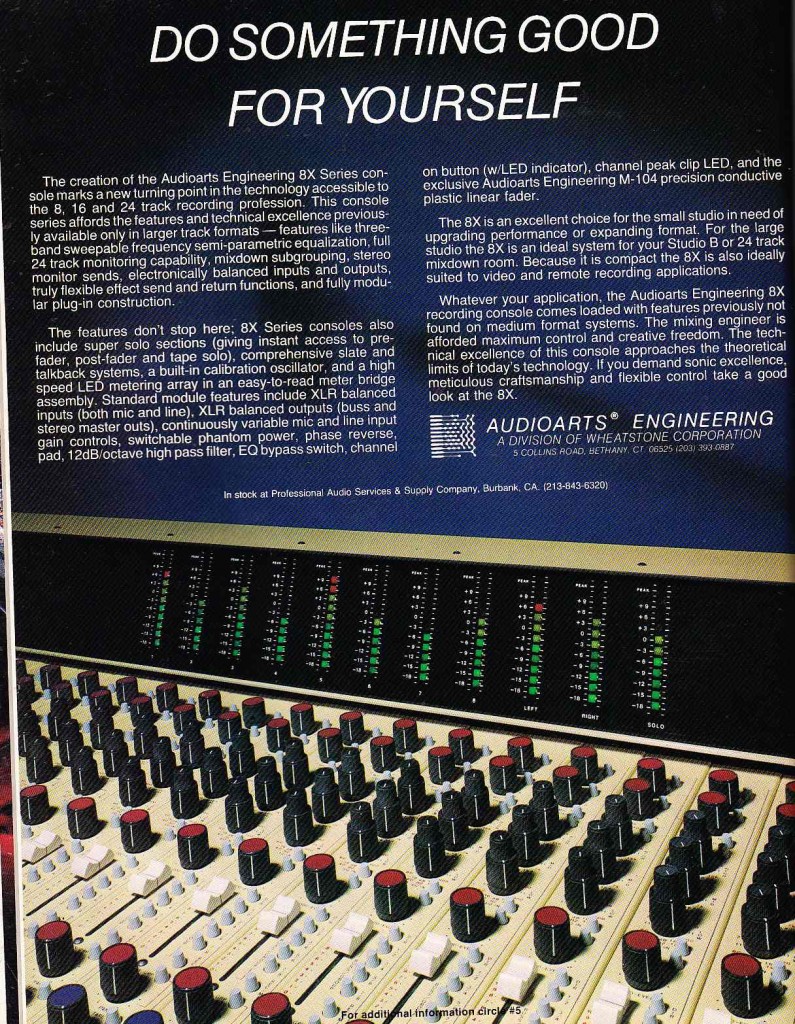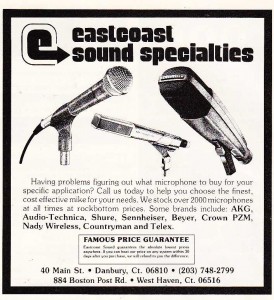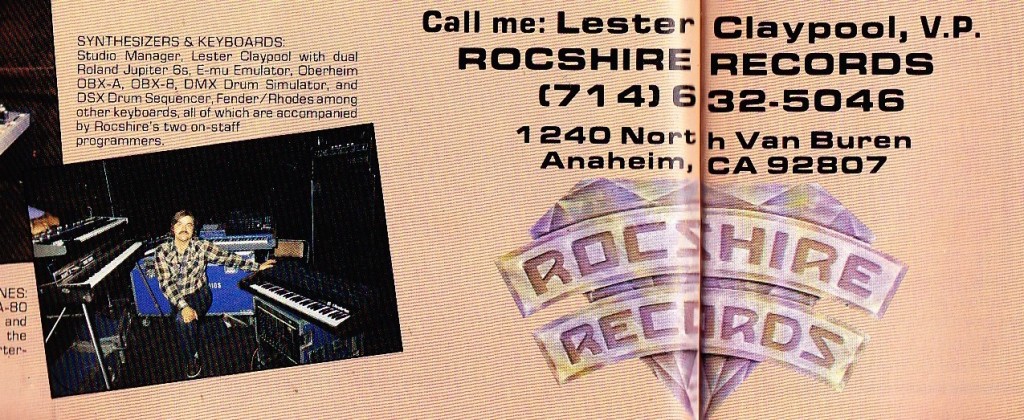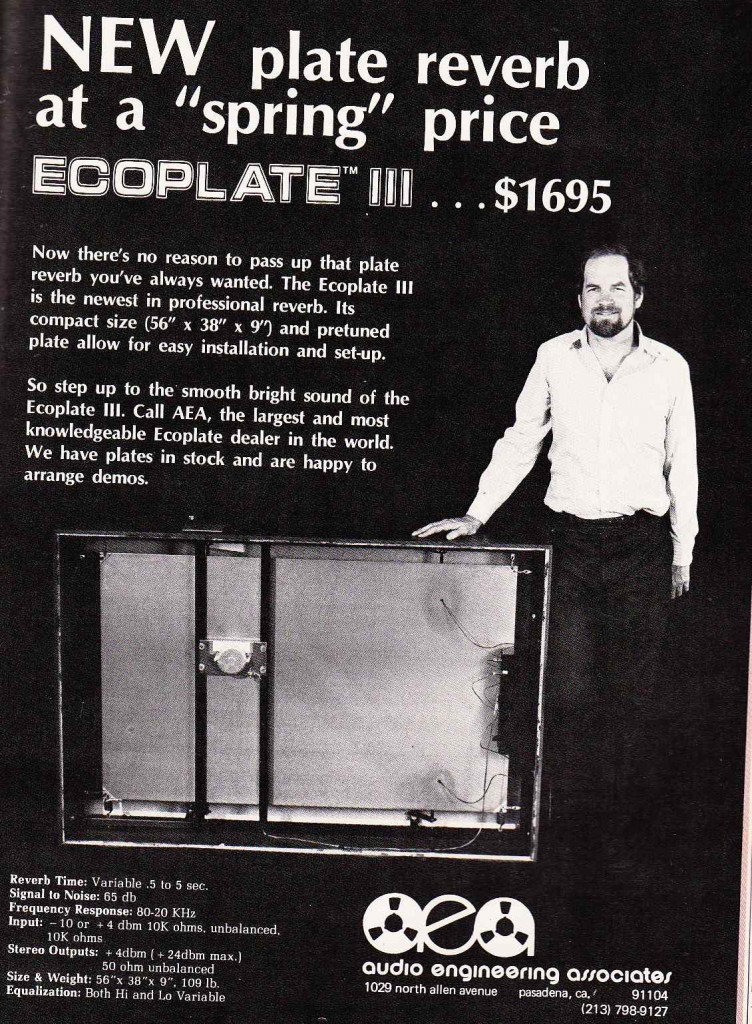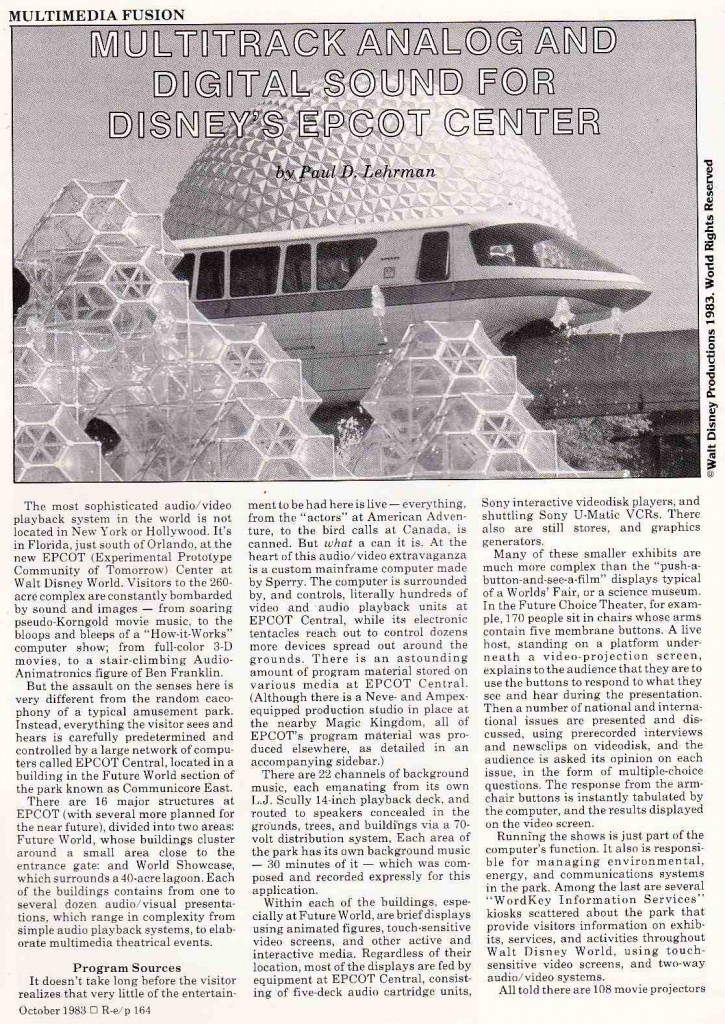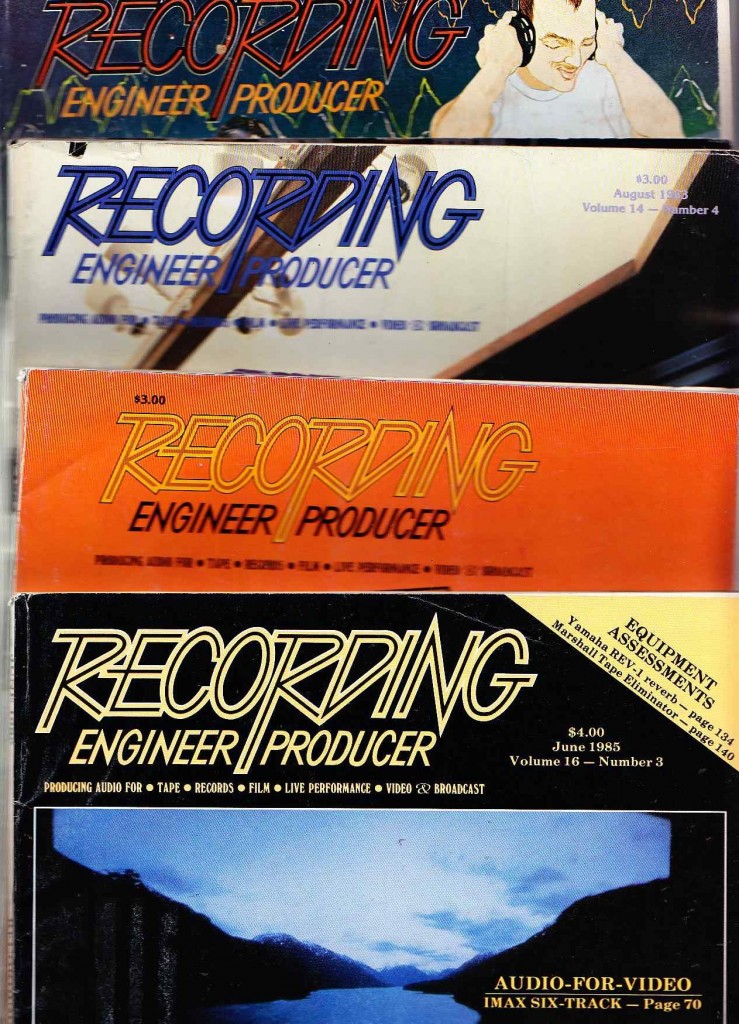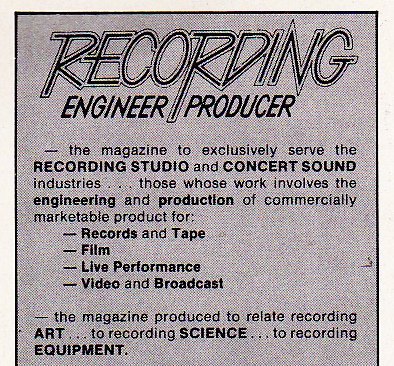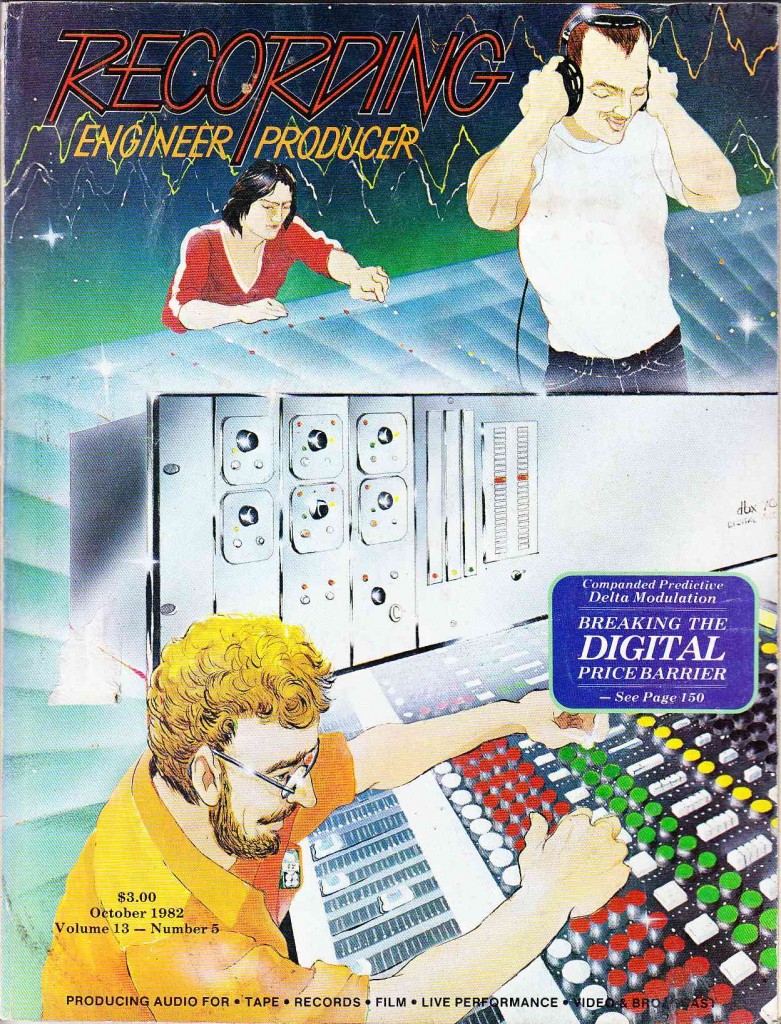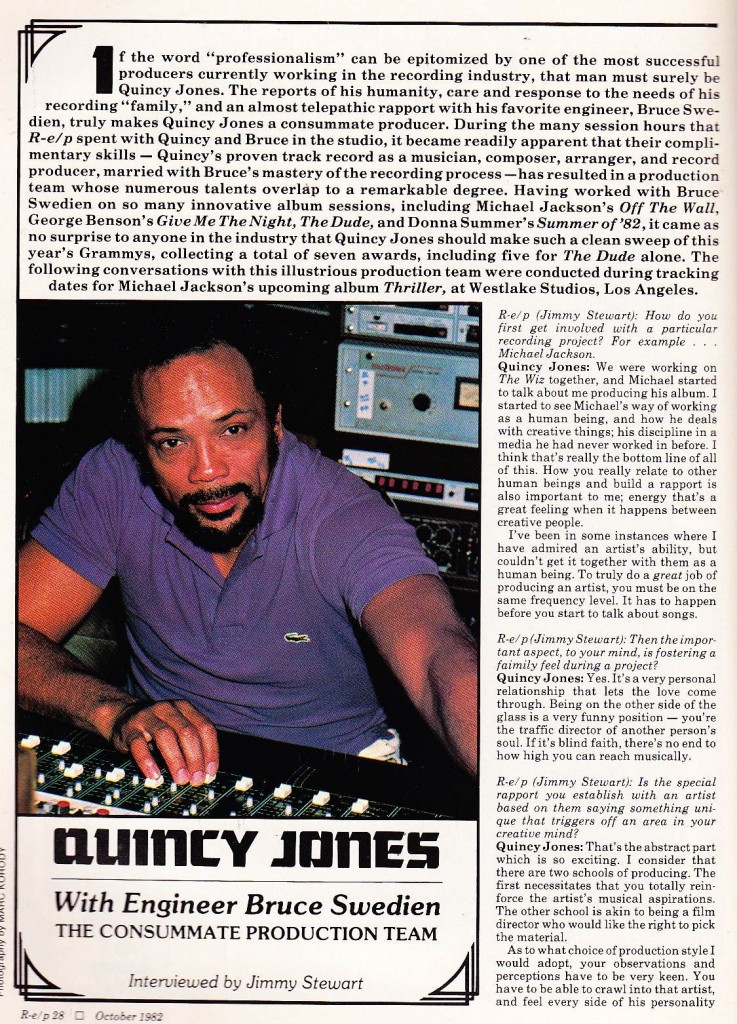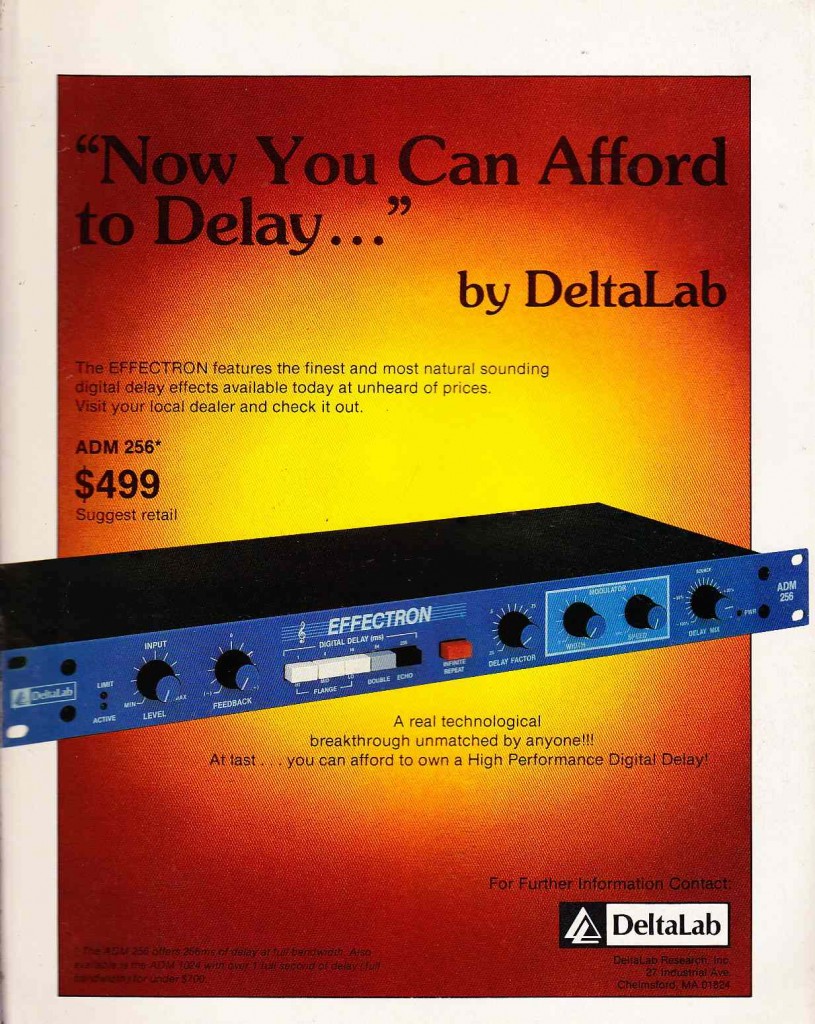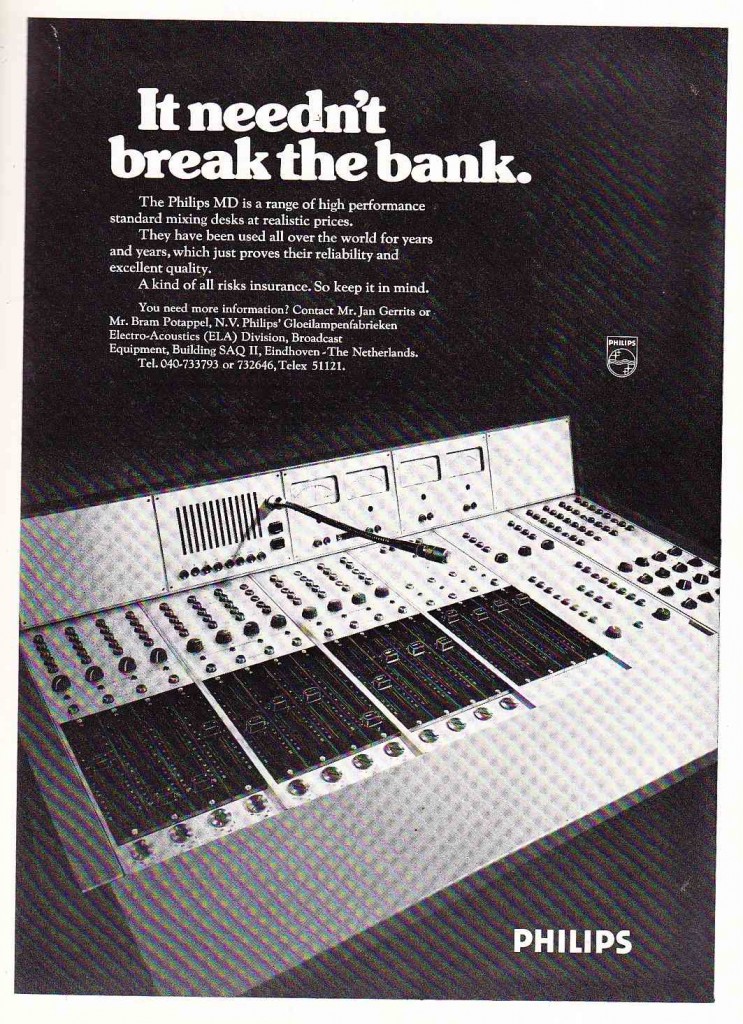 Philips Mixing Console c. 1974
Philips Mixing Console c. 1974
Since we originally published this post in 2010, several folks have written in to provide more information about these desks.
Update 1:
Tom H. in Sweden sent in a picture of his Philips MD console.
From Tom:
“I got it from NYC… Had to recap it and go thru it… Sounds fab.
Germanium Transistor based, and sounds very nice to me… It’s quite limited but the sound makes up for it… 12/4 configuration, one Aux send, no pans! Left/Center/Right by switches… 4 EQ’s w/ 10K, 100Hz boost or cut + presence boost available on tracks 5-12… I use external valve mixers and micpres, basically I use it with my Studer A80 1″ 8-track, mixing to a Studer C37 1/4″ machine.”
Update 2:
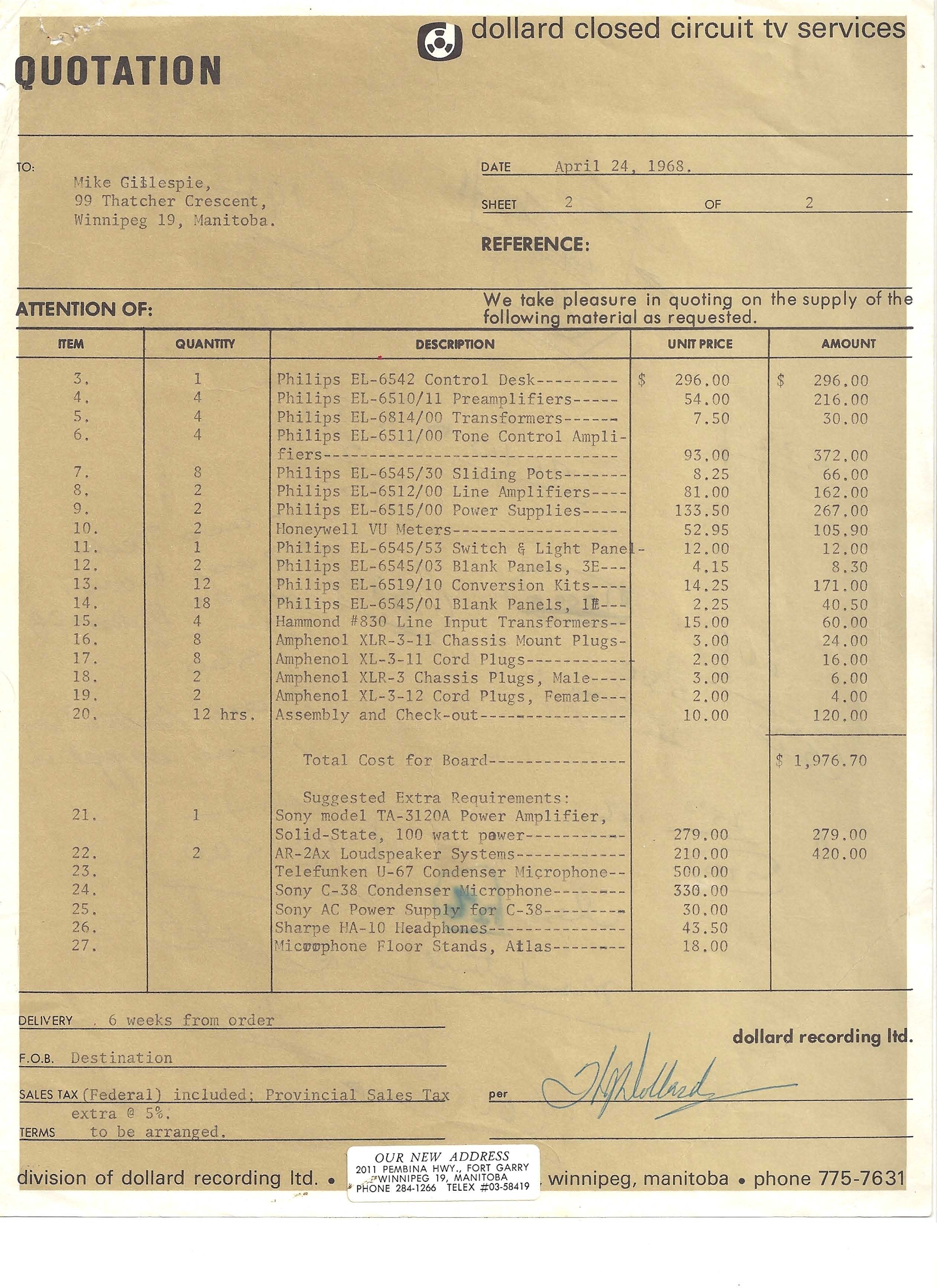 Above: courtesy of PS Dot Com reader M.G. in Canada comes this document from 1968 which outlines all of the part numbers for the Philips console components. MG writes: “I came very close to buying a Philips “Control Desk” in April 1968… (this) is the quotation I received at the time listing all the Philips part numbers…“
Above: courtesy of PS Dot Com reader M.G. in Canada comes this document from 1968 which outlines all of the part numbers for the Philips console components. MG writes: “I came very close to buying a Philips “Control Desk” in April 1968… (this) is the quotation I received at the time listing all the Philips part numbers…“
*************
*********
***
No big theme today. Instead: a quick look at some 1970’s mixing consoles that caught my eye for one reason or another. Dig in, and let us know if you have any thoughts on working with these various oddities.
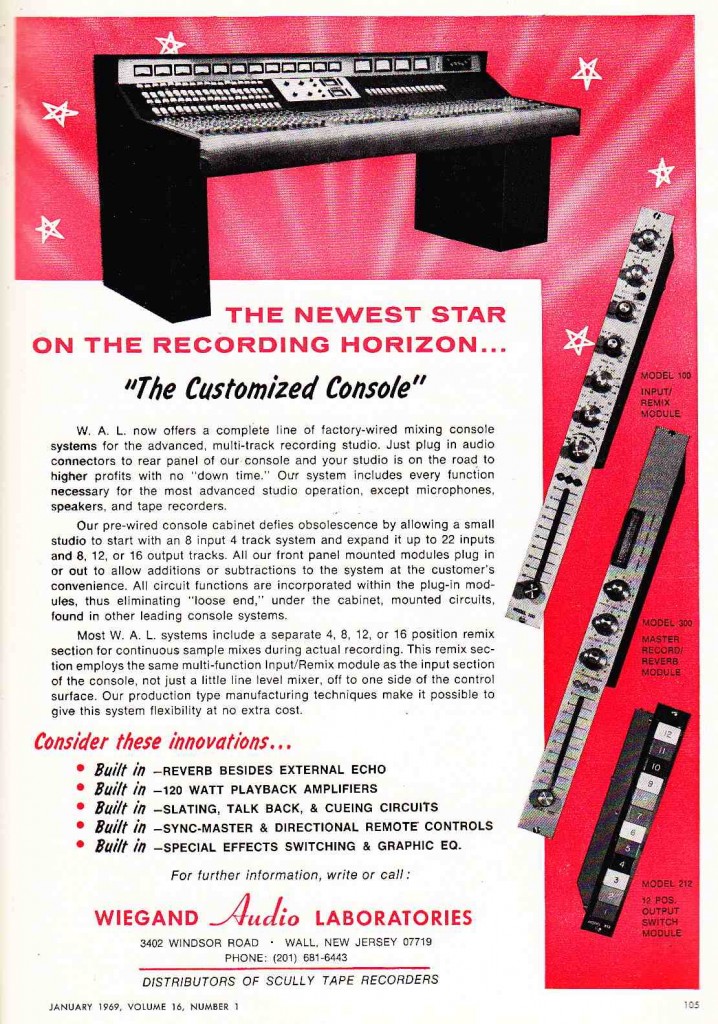 I cannot find any information on Wiegand Consoles. Looks to be serious kit though. A quick google search puts Midas at the head of the results, no reason indicated: perhaps Wiegand is part of the early Midas story? Anyone?
I cannot find any information on Wiegand Consoles. Looks to be serious kit though. A quick google search puts Midas at the head of the results, no reason indicated: perhaps Wiegand is part of the early Midas story? Anyone?
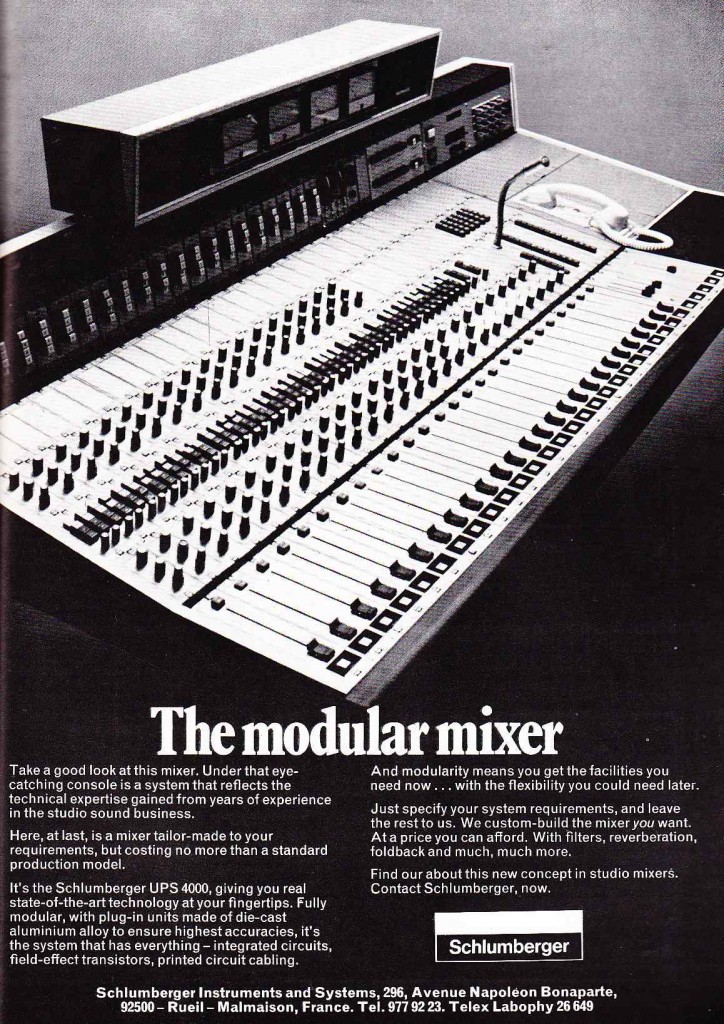 Schlumberger consoles seems to have generated some heated discussion on the G*****tz forum not so long ago. No one could agree where they were built. Germany or France? Probably not too common in the USA.
Schlumberger consoles seems to have generated some heated discussion on the G*****tz forum not so long ago. No one could agree where they were built. Germany or France? Probably not too common in the USA.
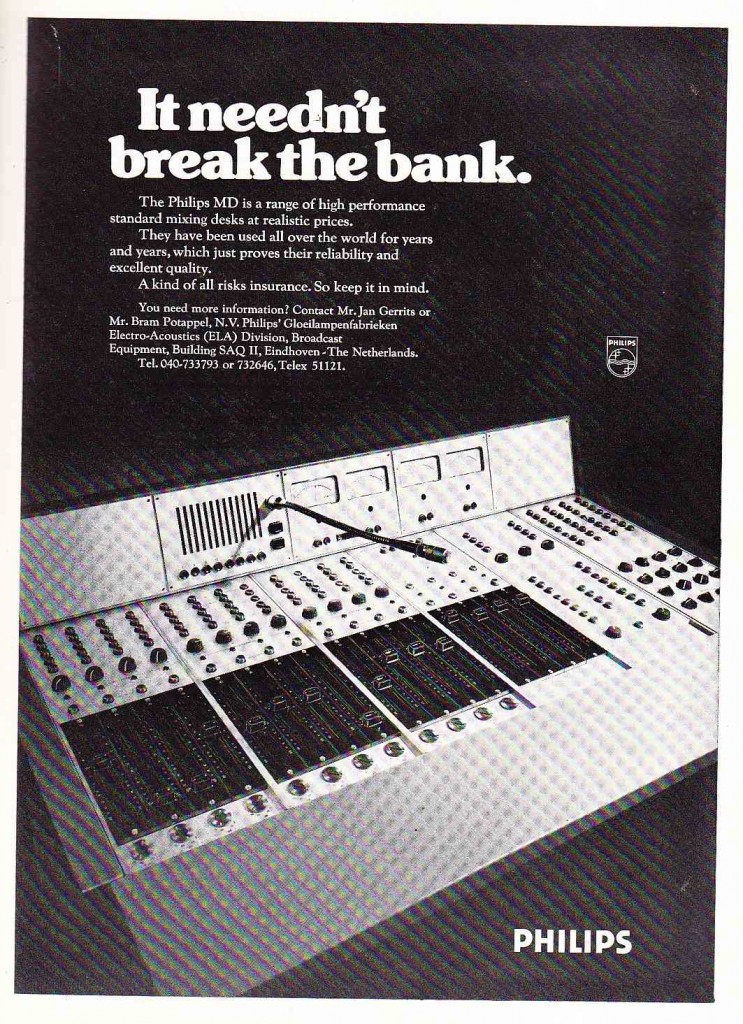 Style for miles. Philips MD mixing console. Sign me up.
Style for miles. Philips MD mixing console. Sign me up.
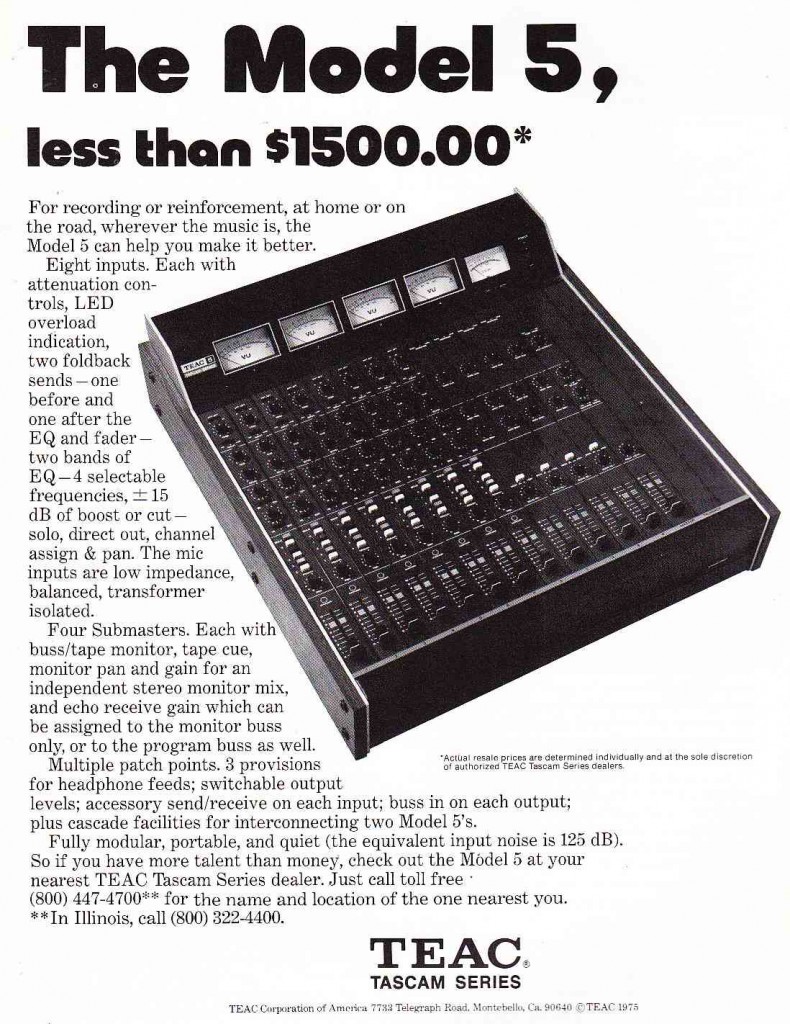 From the pages of the AES journal, an early appearance of ‘pro-sumer’ ‘home-recording’ kit. I recently purchased a near-mint TASCAM Model 5 EX expander unit for a few bucks at a yard sale (Not yr average yard sale: I also picked up a few P+G faders, VU meter, sequential tone generator, and a mile of balanced belden cable).
From the pages of the AES journal, an early appearance of ‘pro-sumer’ ‘home-recording’ kit. I recently purchased a near-mint TASCAM Model 5 EX expander unit for a few bucks at a yard sale (Not yr average yard sale: I also picked up a few P+G faders, VU meter, sequential tone generator, and a mile of balanced belden cable).
The Model 5 EX is basically 12-channels of Model 5 minus the meters, buss masters, and stereo master. So you’ve got 12 inputs (mic inputs have Tamura transformers!) with 4 unbalanced buss outputs plus 2 aux sends. It certainly would be possible to create a stereo mix on the model 5 EX, but the intent was to use it with a model 5. Right now, my Model 5 EX is sitting in the shop awaiting the axe. Eventually I will start to explore ‘upgrading’ the channel cards in the hope of eventually making some channel strips worth racking + selling. The channels don’t sound terrible as-is, but they are more noisy than i would like. As-in broadband white noise.
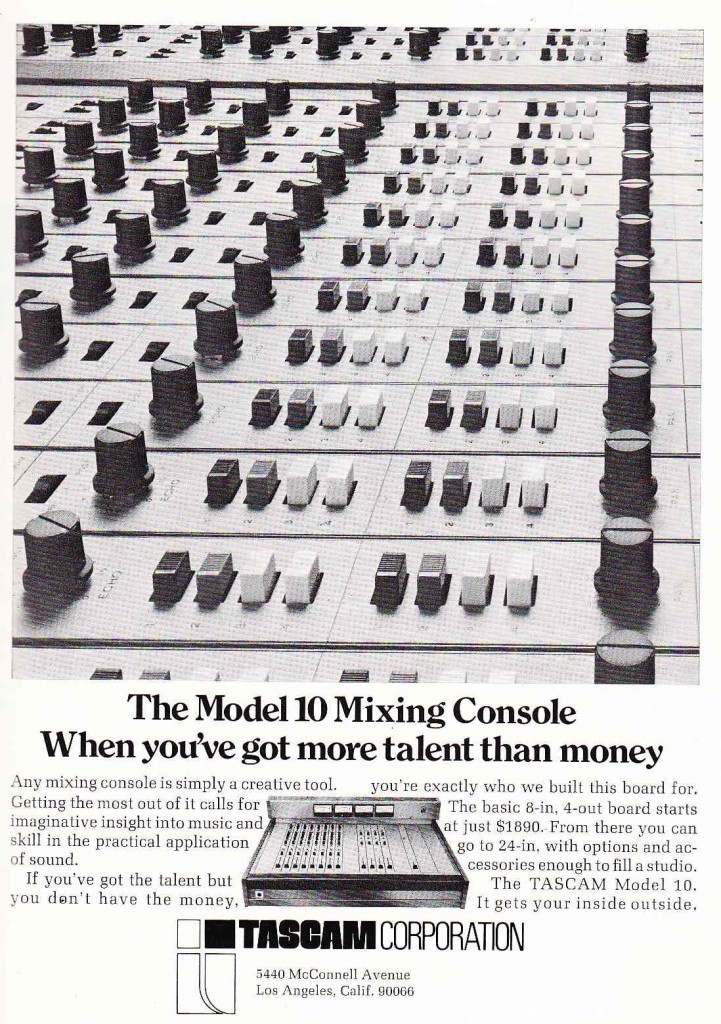 …And the more ‘pro’ TASCAM board of the era. The TASCAM Model 10.
…And the more ‘pro’ TASCAM board of the era. The TASCAM Model 10.
 Speaking of ‘mixing’ on a 4-buss unit with no master… I have always been very curious about these little Gately mixers. Hope to get my hands on one soon..
Speaking of ‘mixing’ on a 4-buss unit with no master… I have always been very curious about these little Gately mixers. Hope to get my hands on one soon..
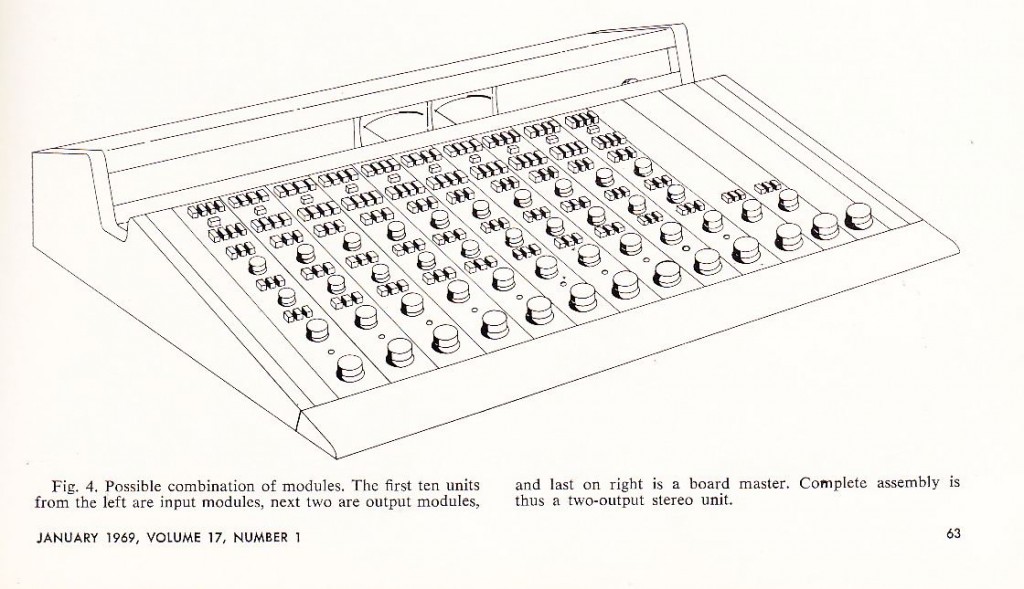
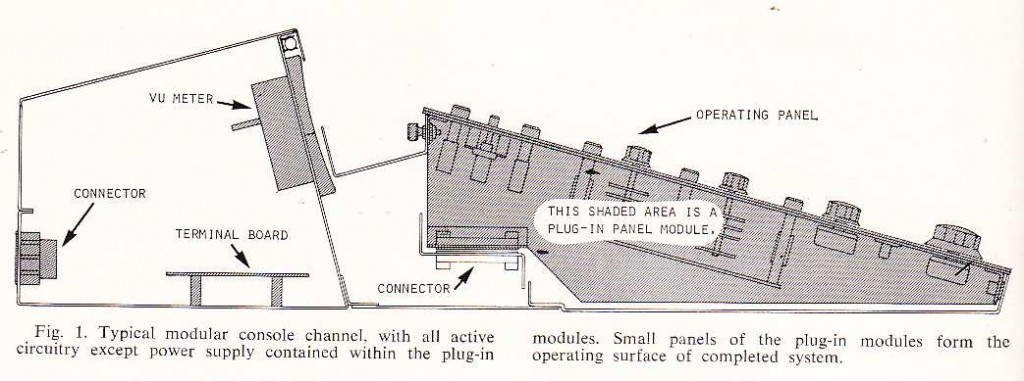 Langevin Engineer John Jarvis describes his methodology for console design in this 1969 AES article. Jarvis left Langevin for UREI shortly after this piece was written.
Langevin Engineer John Jarvis describes his methodology for console design in this 1969 AES article. Jarvis left Langevin for UREI shortly after this piece was written.
Here is a photo of an actual unit. These are super-cool. If I ever have a spare year I would love to DIY one of these from scratch.
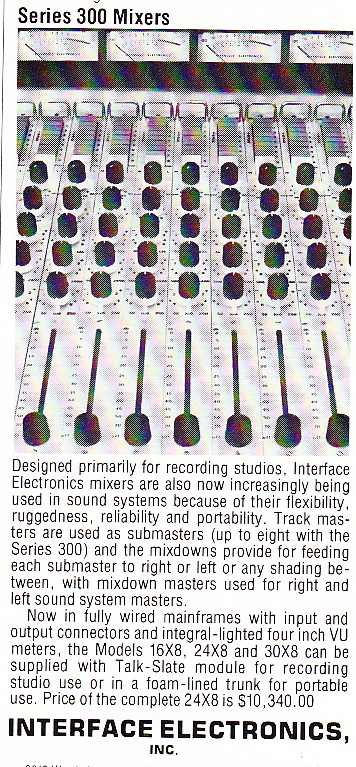 Interface Electronics model 300. Anyone?
Interface Electronics model 300. Anyone?
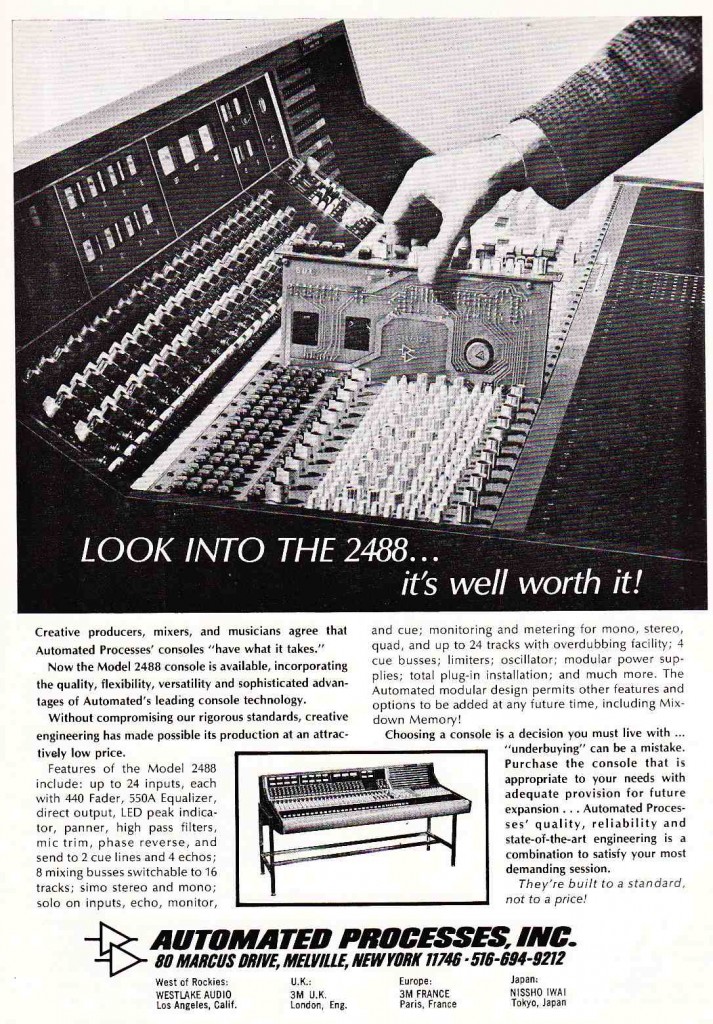 …And the one that became a keeper; a classic. The API 2488. Dan Alexander has a great wealth of information on this piece. Check out his fantastic website sometime.
…And the one that became a keeper; a classic. The API 2488. Dan Alexander has a great wealth of information on this piece. Check out his fantastic website sometime.

